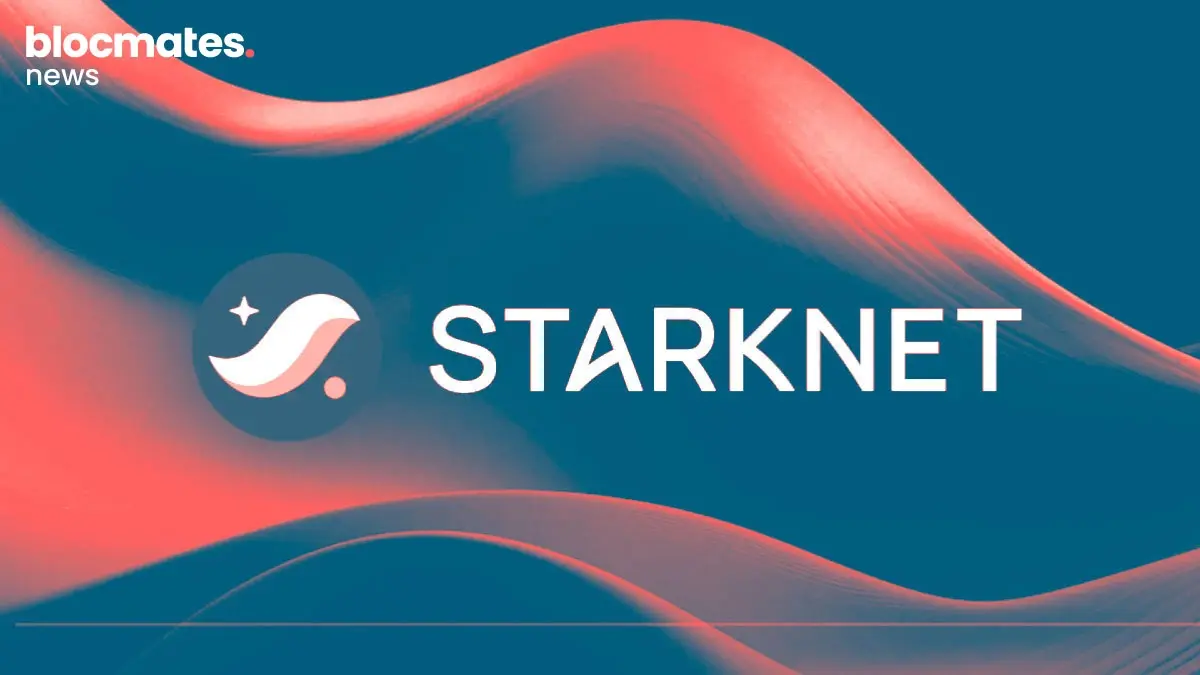Ape-tizer:
- Human cognitive limitations lead to inefficiencies in DeFi markets
- Self-driving capital creates efficient markets through autonomous AI-powered agents that automate decision-making for users
- Giza’s framework and its thriving agents are pushing the concept of self-driving capital mainstream
Aside from the allure of shiny swords, horseback rides, and a few other cool aspects of medieval times, most people would gladly choose modern life over living in that era.
Thanks to invention, innovation, and advancing tech, we can now do things that would’ve been nearly impossible back then, and with far less effort.
The same evolution applies to how we chase yield or interact with crypto today. Hopping between protocols, juggling Google Sheets for complex calculations, and manually tracking LP positions feels oddly medieval, no?
A month of that grind can seriously wear you down mentally, emotionally…, and even follicularly (I'm not even kidding; look up DeFi Dojo).

My point is, something has to give.
Borderless and permissionless markets are a breakthrough with crypto, but our cognitive abilities as humans weren't designed for the 24/7 market that comes forthwith.
As humans, we are constrained by finite attention spans, mental fatigue, the need to rest, and just a general struggle to keep up with the constant stream of data and decision-making needed or required to be efficient and profitable in a sleepless market.
One of the more subtle but significant challenges of a 24/7 market is that, beyond our natural cognitive limits, participants are scattered across different time zones.
The market's constant availability creates pressure to be present to catch “prime time,” which can be mentally and physically draining.
On top of that, cognitive biases like overconfidence, loss aversion, and decision fatigue can cloud judgment, leading to missed opportunities, poor trades, and persistent anxiety.
Just as the medieval era eventually gave way to modernity, the way forward would be to approach these challenges in a similar fashion.
This means that we, as participants, have to circumvent chasing yield all by ourselves, moving toward tech that engineers self-driving capital, i.e, intelligent systems that operate on our behalf, execute strategies automatically, and free us from the stress of 24/7 vigilance.
In the next few paragraphs, we will explore more details on what self-driving capital is and also explore how Giza is driving the concept mainstream.
Giza: The pioneer of self-driving capital
Self-driving capital is a new DeFi concept attributed to autonomous, AI-powered systems that manage and deploy capital in DeFi markets, achieving a high level of efficiency in DeFi’s high-velocity, information-dense environment.
In other words, agents that can take autonomous actions on behalf of humans; monitoring, analyzing, and executing, not just strategies but also decision making that efficiently result in optimized yield on deployed capital.
Through self-driving capital systems, humans can unlock previously limited capabilities both on the user’s cognitive side and on the protocol layer, ushering in an age of on-chain prosperity that is no longer exclusive to technically superior market participants or mercenary clusters.
The entire concept is pioneered by Giza, which we introduced in our previous article that covered what Giza is and the basics of how it works.
How Giza’s self-driving capital system works
Giza’s system for powering self-driving capital agents is structured to maintain trust-minimized principles, keeping users at the center of operation. This structure cuts across:
- A semantic abstraction layer - That abstracts the complexity and differences of various DeFi protocols, standardizing them to allow for a consistent interface for ease of interaction and automation through the model context protocol (MCP).
- A decentralized execution layer - That handles transaction execution; cross-chain messaging, atomic transactions, and gas optimization.
This layer is powered by EigenLayer as an active validator service network, allowing the use of GIZA tokens for staking to perform validator functions, while malicious behavior is punished through slashing. - An agent authorization layer - That ensures that users continue to be at the driver’s seat of autonomous agent-driven actions through an ERC-4337 smart account infrastructure that triggers non-custodial operations through detailed permission management.
In terms of permission management, users authorize agent access, granting them specific privileges through session keys and cryptographic guarantees.
These three layers form the core of Giza’s self-driving capital system, allowing for the creation of agents that perform specific on-chain actions without being plagued by the nuances of DeFi’s complex and non-standardized ecosystem.
How Giza is using self-driven capital to empower individual DeFi participants
A major challenge to DeFi participation is how complex and scattered it can feel for the average user.
This level of technical complexity leads to aversion from non-DeFi-savvy users, allowing only a small group of knowledgeable players to participate.
Giza’s self-driving capital infrastructure caters to this complexity through its semantic abstraction layer alongside its agents.
By standardizing interfaces, Giza enables easy navigation, allowing the non-DeFi-savvy user to be one agent authorization away from being able to access opportunities across multiple DeFi apps.
Through its agents, Giza helps individual DeFi users reduce their screen time, allowing them to do more away from constantly monitoring positions, which constantly leads to suboptimal cognitive decisions.
The result? Over 59% of deployed agents on Giza are personalized and tuned to the user's risks.
This is a major differentiating factor between Giza and other AI automation projects. While those automate transactions, Giza agents are built to be more neurotic, automating decision-making on behalf of the user while the user stays on top of the entire process.
Giza’s agents autonomously evaluate lending rates, transaction costs, and market dynamics, executing trades when profitable.
Arma, Giza’s flagship agent is proof that self-driven capital works, with its current APR at 15% on stables, 30k+ agents activated, and over $285 million in capital optimized.
Another proof is in the reload rates for Arma, with 20% of users topping up their agent’s balance. This is an indicator of significant satisfaction with Arma’s performance and willingness to stick with the product.

How self-driven capital transforms DeFi markets
Self-driven capital agents are adoption drivers, increasing the use of DeFi protocols as participants formerly averse to technical complexities are now endeared by the optimal decision-making process of Giza agents.
This level of accessibility will allow non-technical traders to tap into advanced strategies without having to understand the intricacies of DeFi markets, leading to an influx of new participants, thereby strengthening the DeFi market.
With more and more agents activated, DeFi becomes increasingly capital efficient, abstracted from the nuances that human cognitive inabilities engender, such as fatigue or emotions.
With these agents, opportunities are continuously monitored across protocols, and trades are executed in real time, capturing fleeting arbitrage or liquidity provision opportunities that humans often miss.
Self-driven capital introduces a new layer of programmability and composability. Agents are designed to take no custody of user assets, instead allowing users to stay on top of the parameters that define agentic operations.
Concerning systemic risks associated with human errors, the concept of self-driving empowers agents to automate decision-making, reducing direct human interaction and eliminating cognitive errors. This creates an almost risk-free DeFi environment built to function 24/7 in a hyper-efficient way.
Concluding thoughts on Giza and self-driving capital
Beyond the impressive metrics of Giza’s ARMA agent, displaying rapid adoption and unprecedented efficiency, multiple partnerships with a range of protocols further consolidate proof of an efficient, self-driven capital system.
With partnerships like Giza and wallets in its recent integration with Rainbow, a $5.2 million warchest, and a recent partnership with Re7 Capital, the biggest institution of DeFi, it won’t be much longer before half of DeFi’s transactions are traced to autonomous agents that make the playing field more competitive and accessible, thereby turbocharging DeFi adoption.
Giza’s push to integrate with forward-thinking, user-friendly apps will only boost adoption and make things smoother for both users and developers. It’s a win-win for the ecosystem.
We’re calling it early: self-driven capital markets are shaping up to be a major new category in DeFi, and Giza is right at the center of it.
Right now, the Giza token is sitting at just a ~$17 million market cap, even though it’s already outperforming big names like AAVE v3, Compound, Fluid, and Morpho when it comes to yield on stables.
If that momentum keeps up, you wouldn’t be blamed for thinking a repricing could be on the cards, especially with Giza gearing up to launch a major new agent pretty soon. DYOR, though. That’s just my take.
Thanks to the Giza team for unlocking this article. All of our research and references are based on public information available in documents, etc., and are presented by blocmates for constructive discussion and analysis. To read more about our editorial policy and disclosures at blocmates, head here.











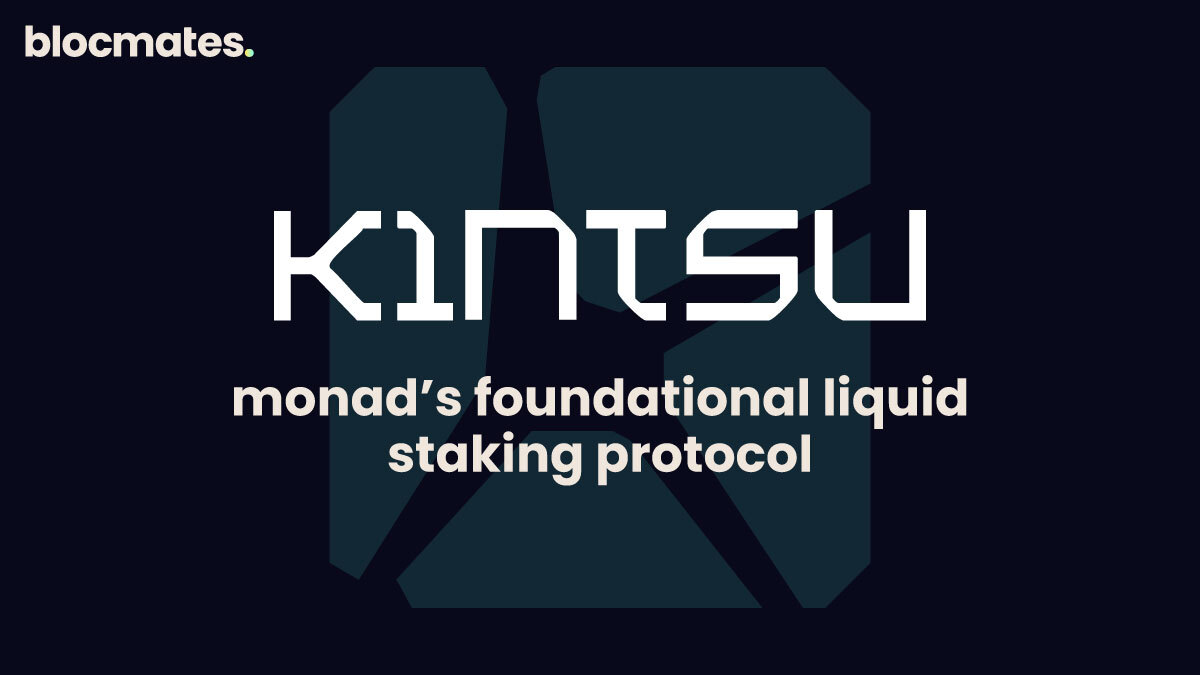

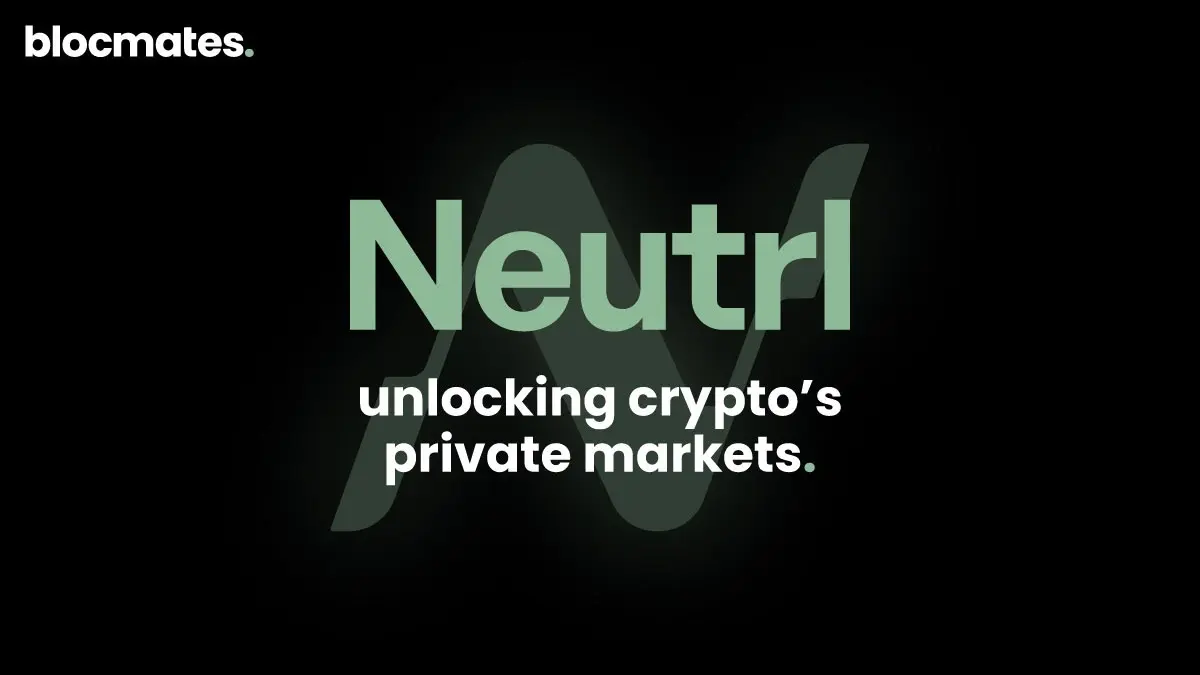


.webp)

.webp)
.webp)

%20(1).webp)
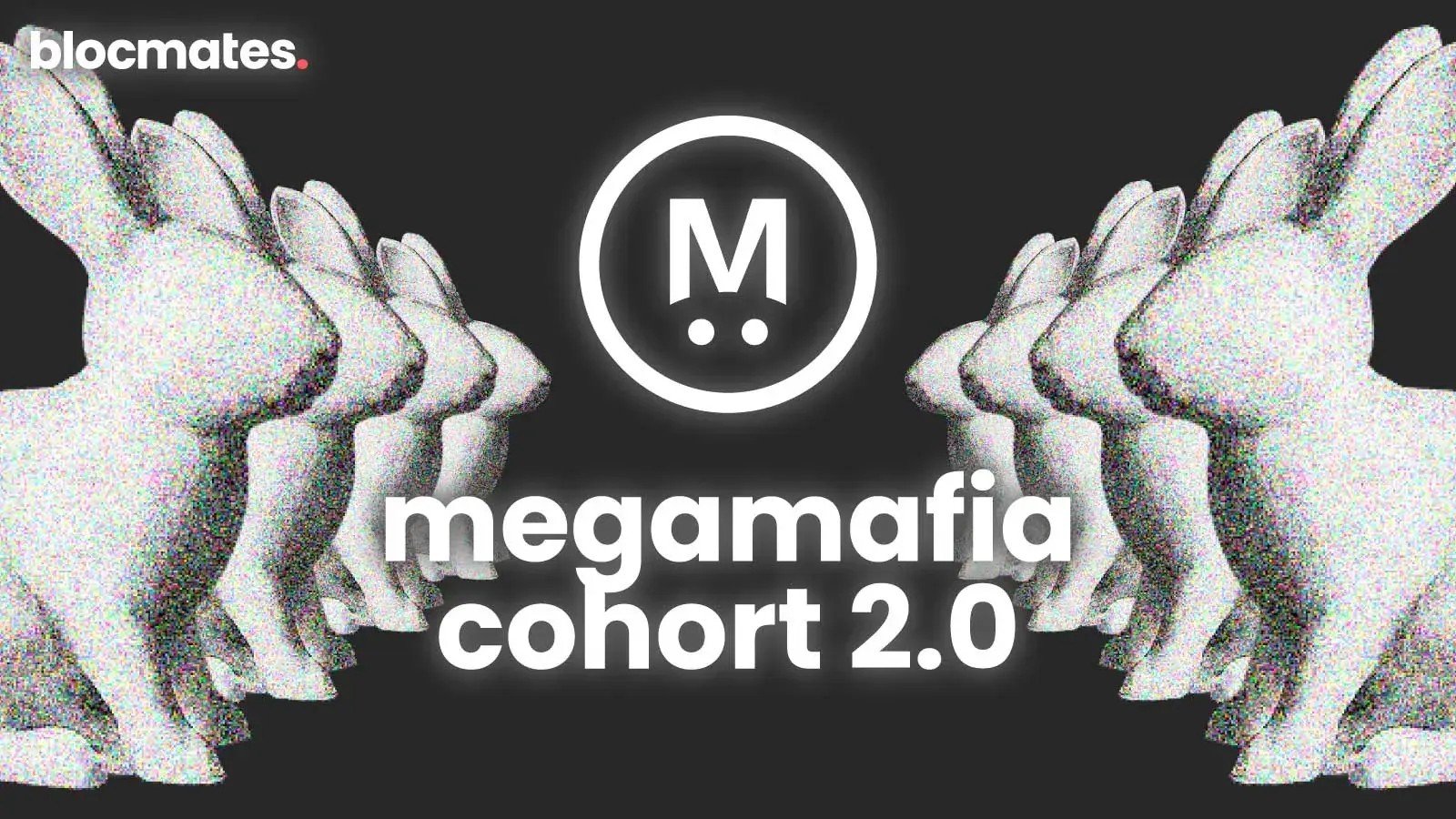
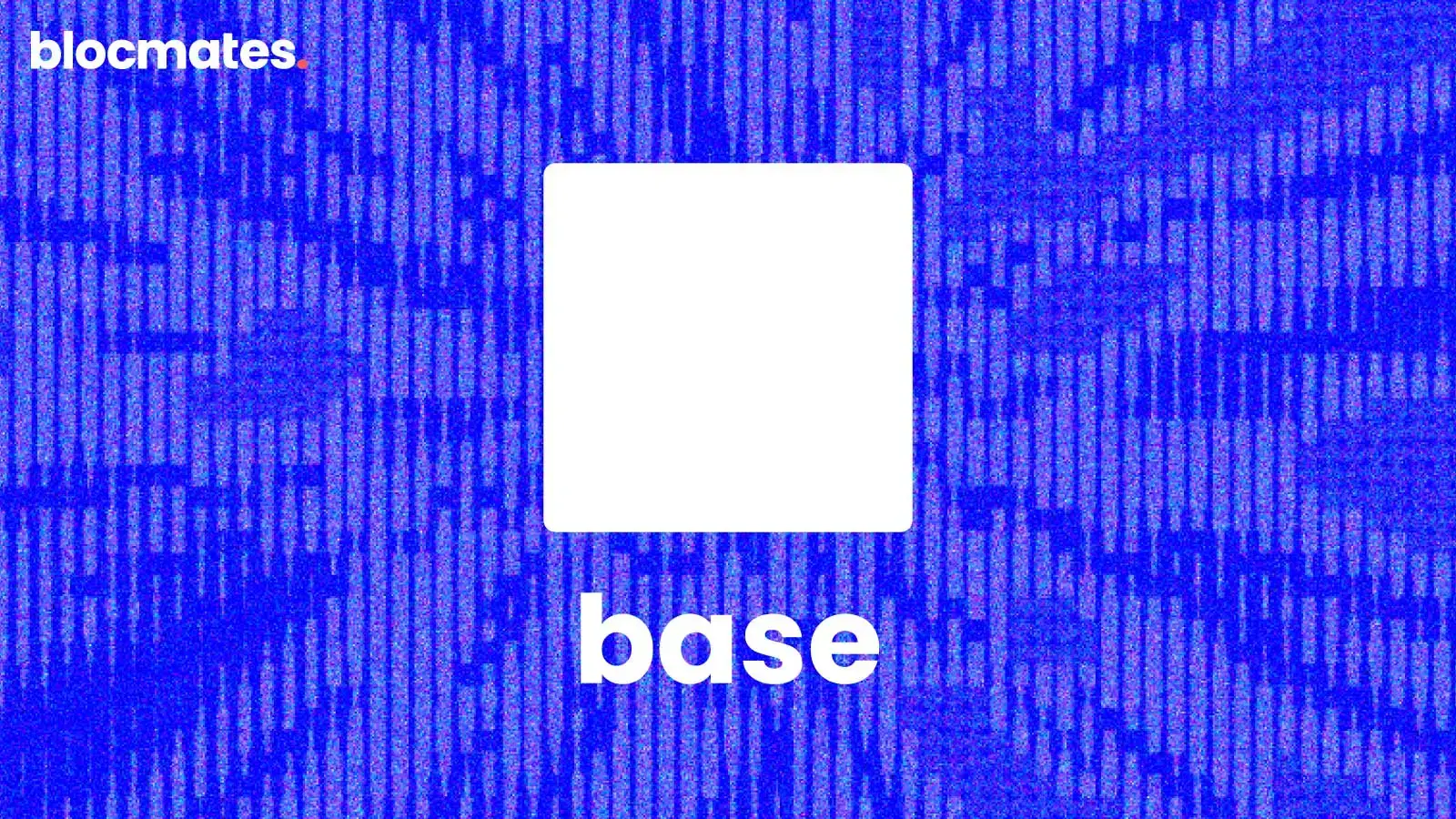







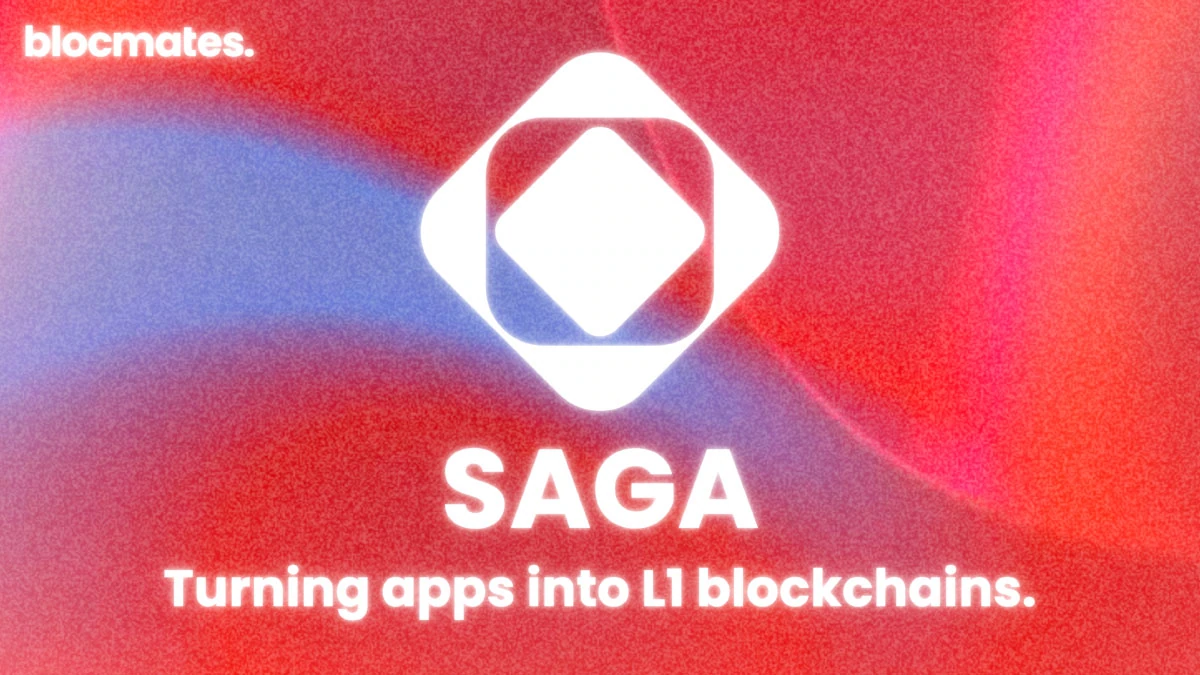
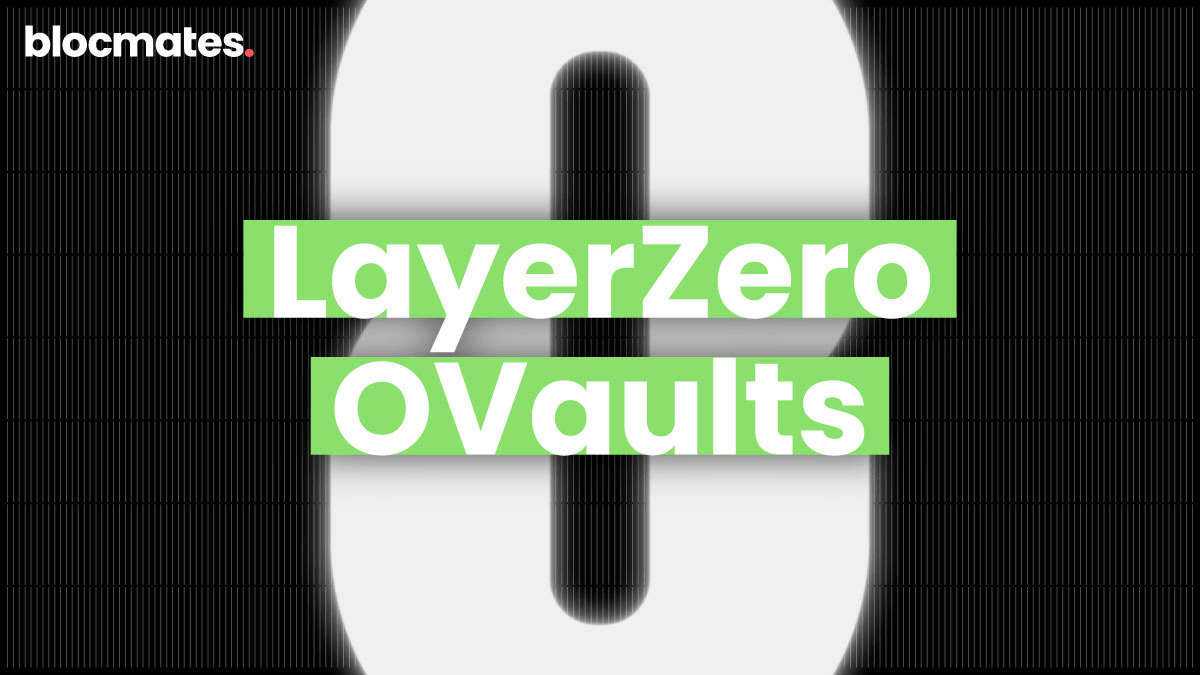
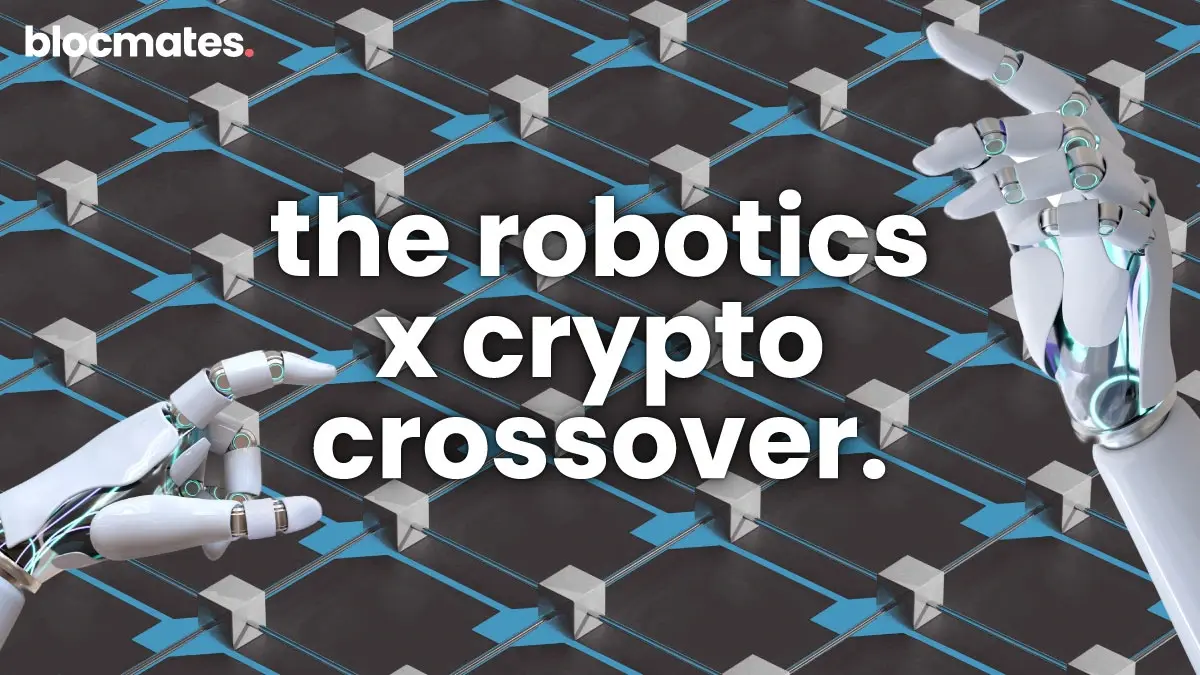
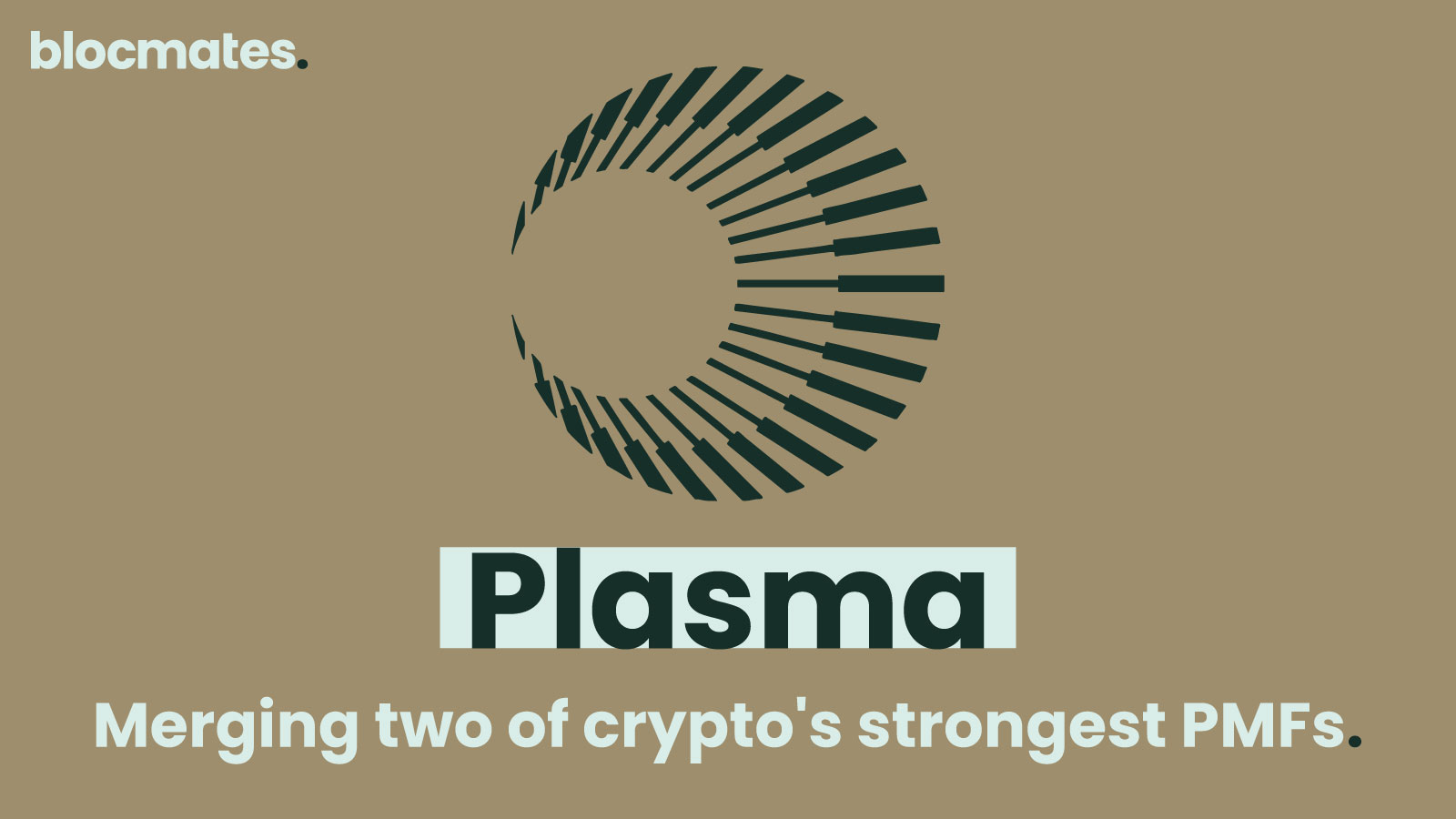
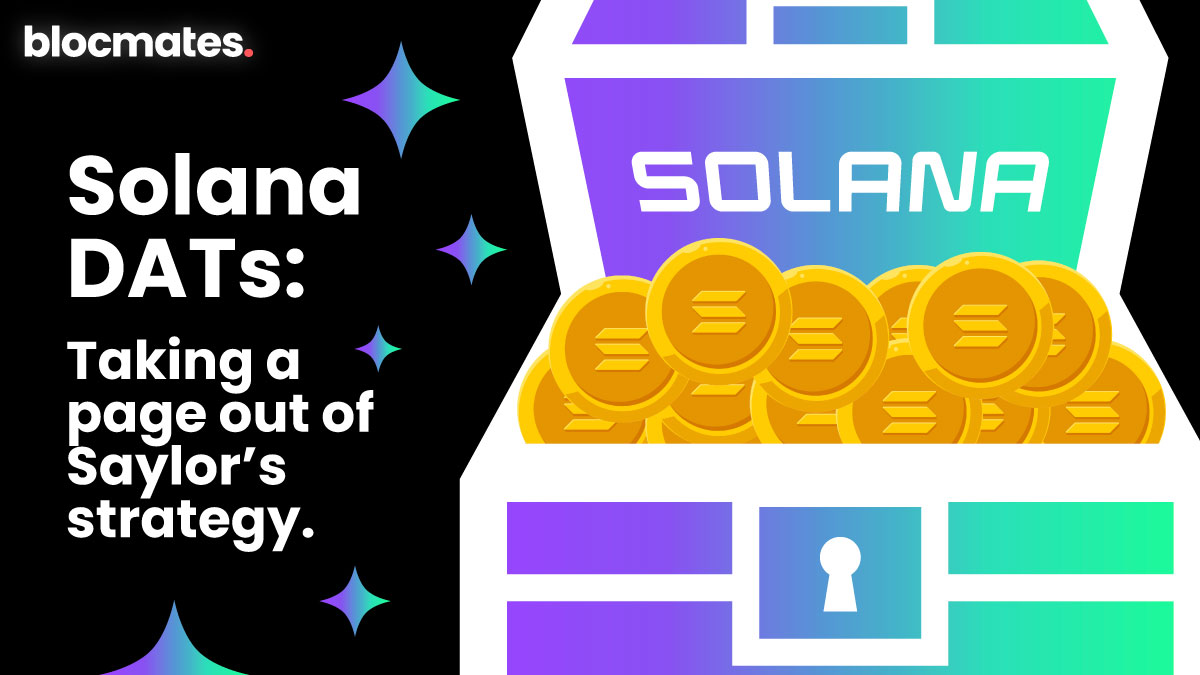
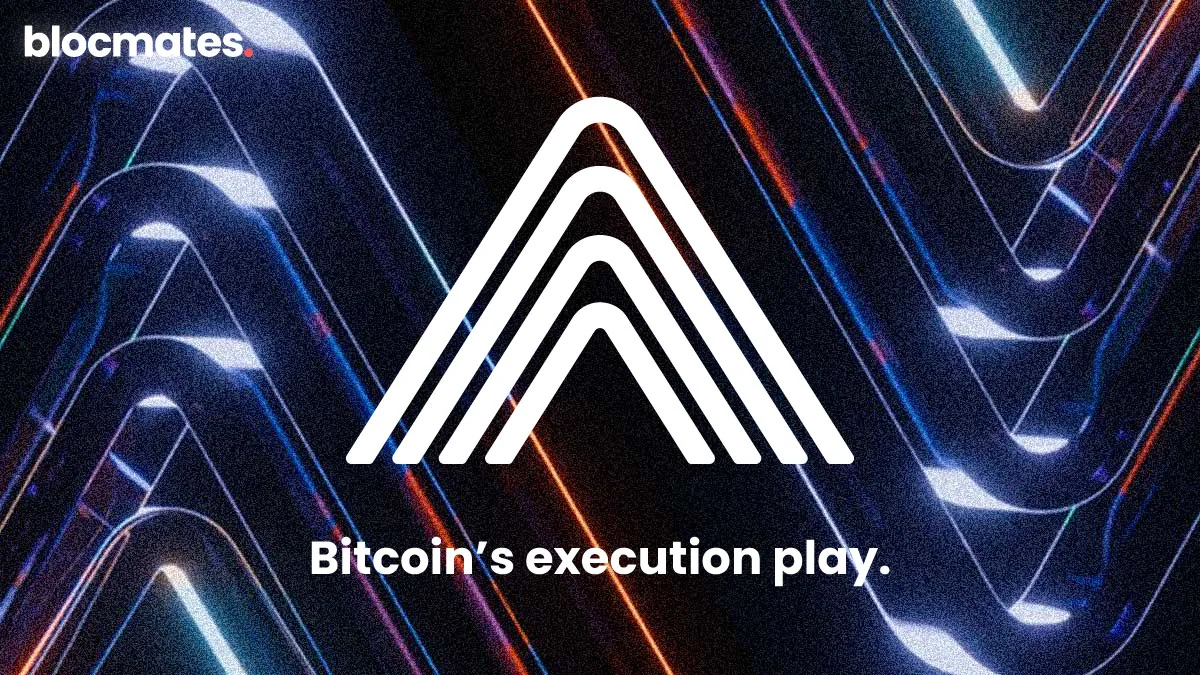

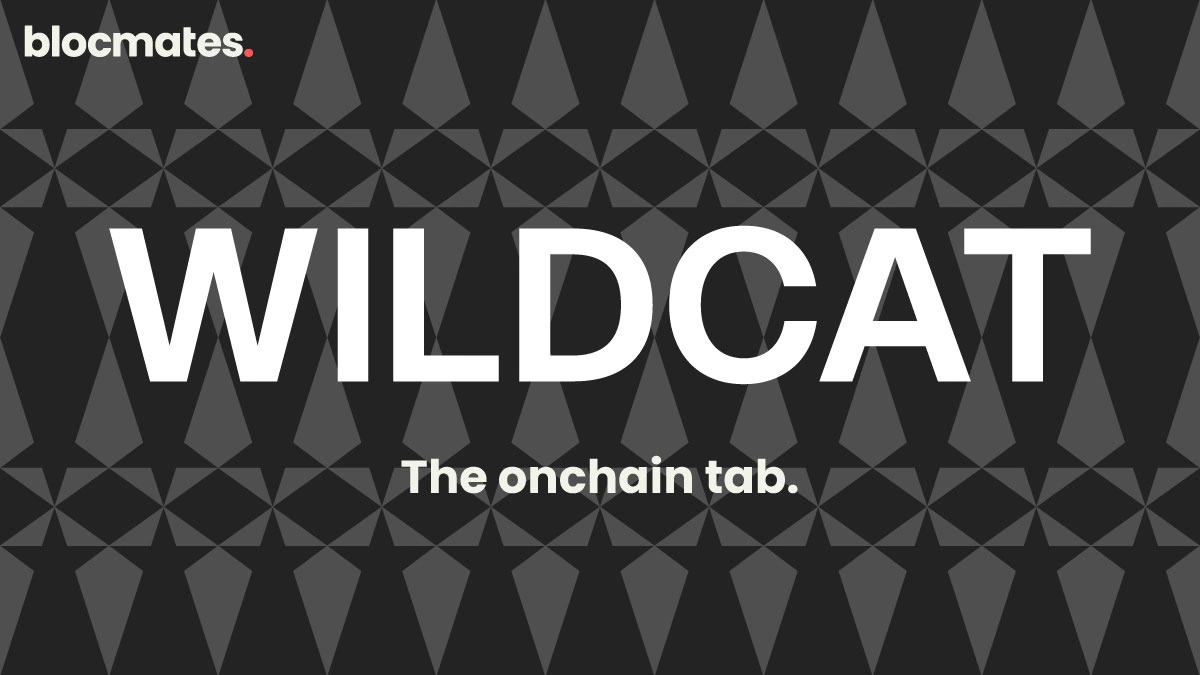

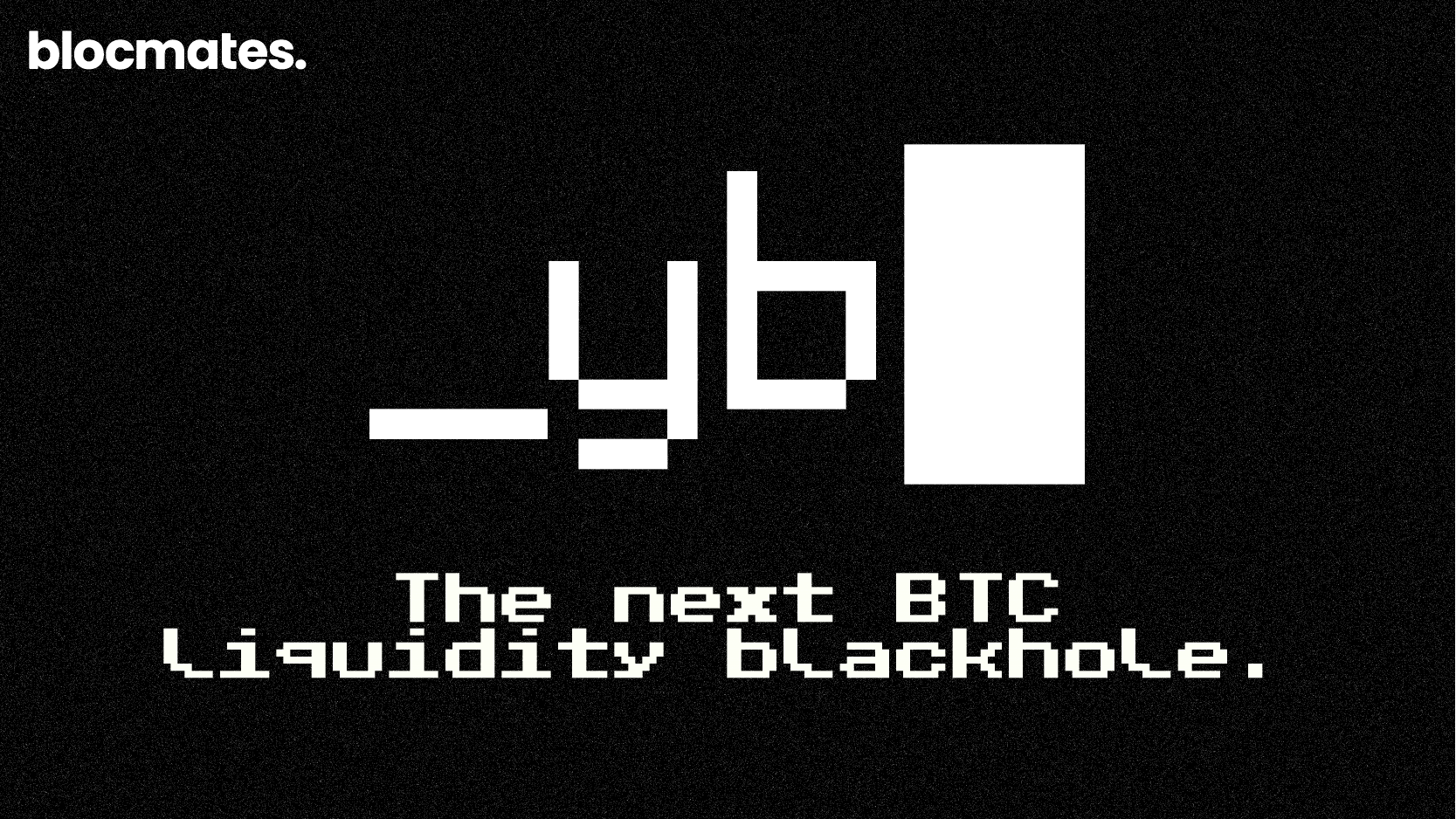



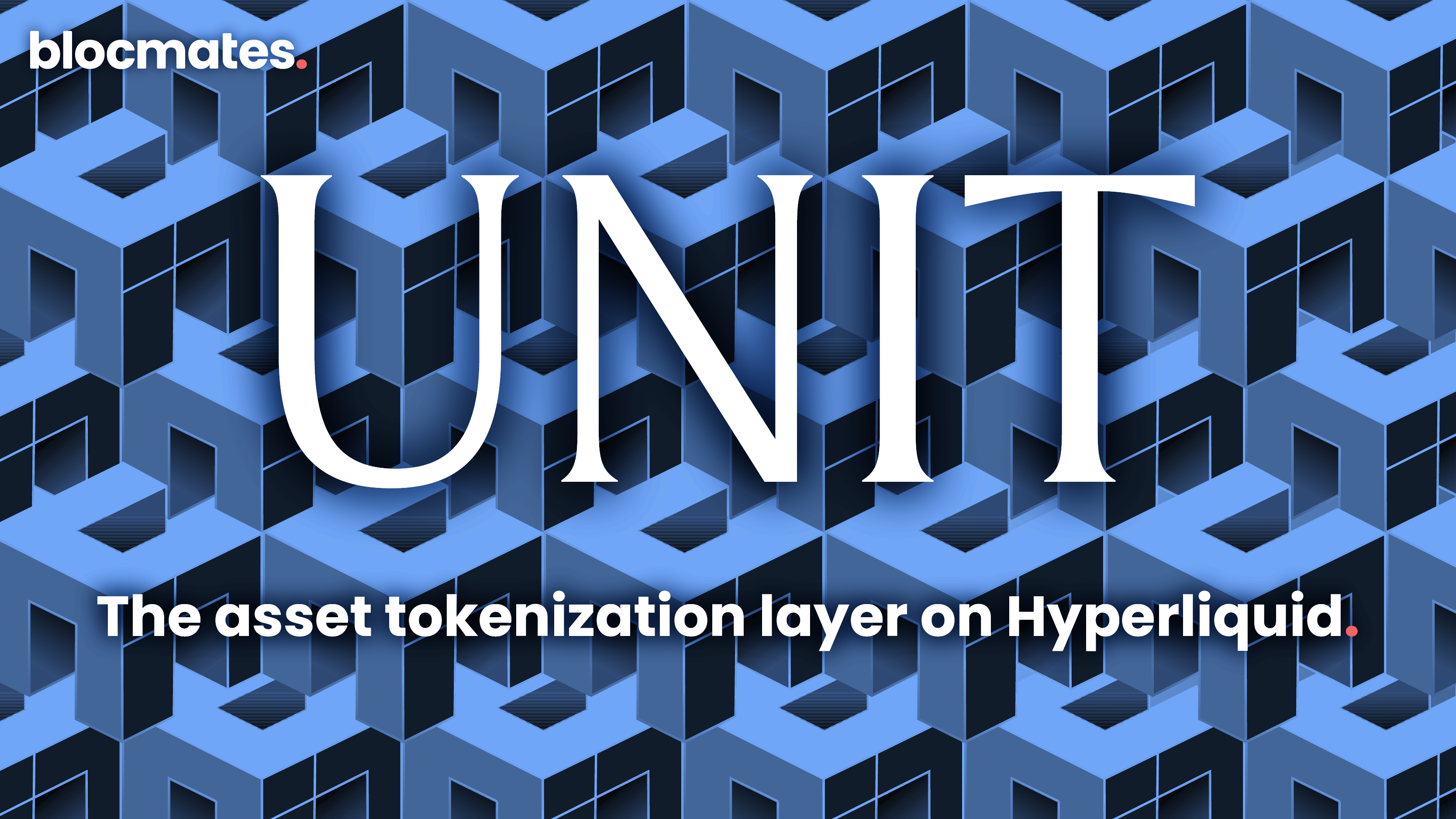



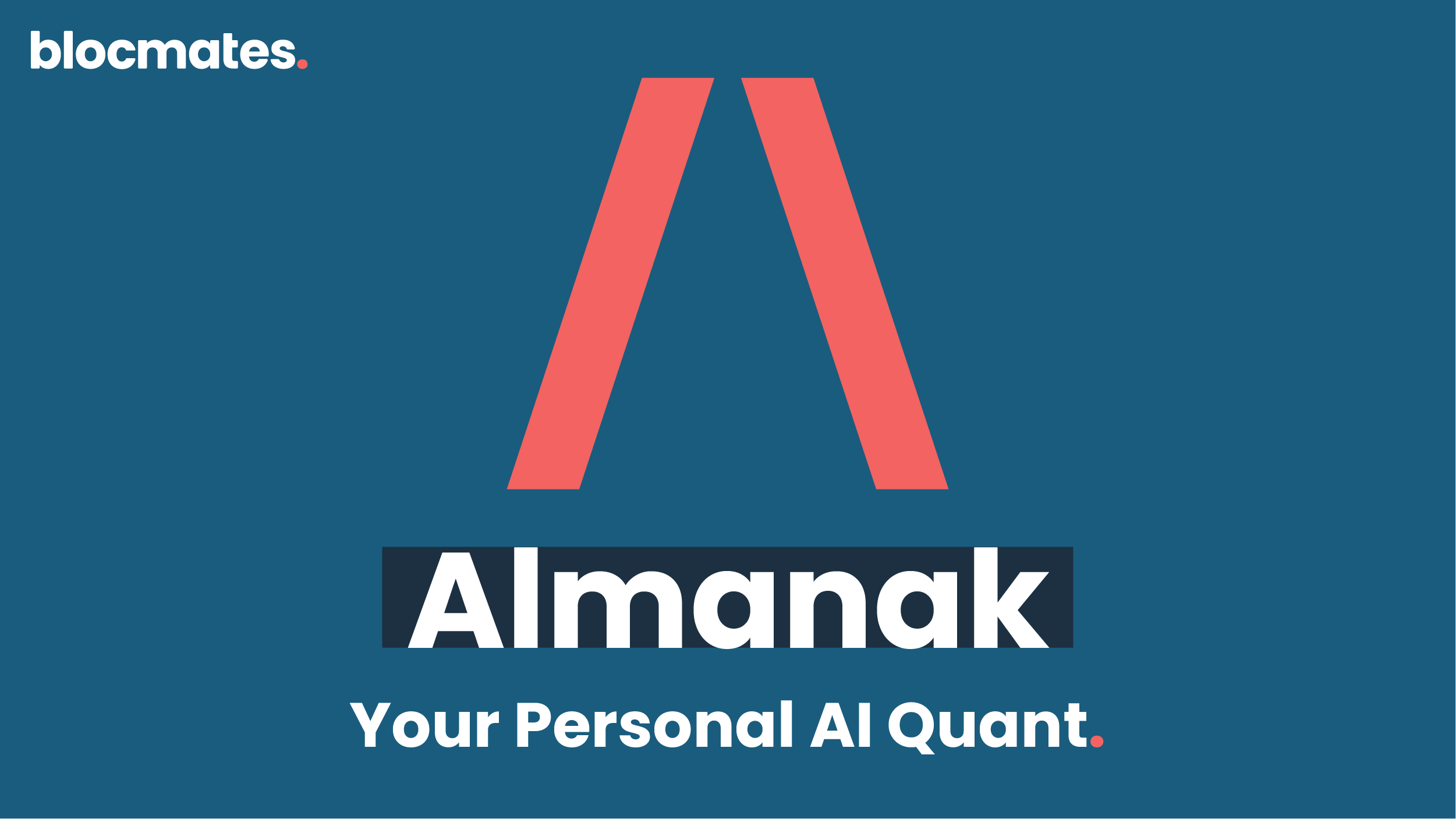
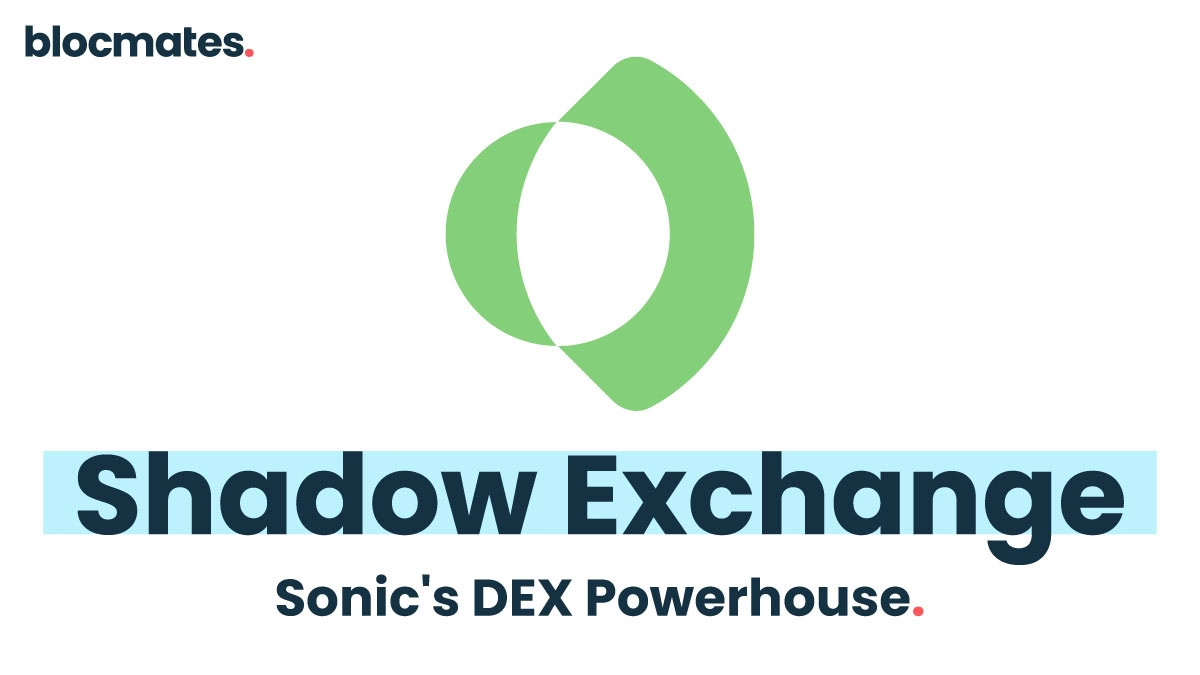
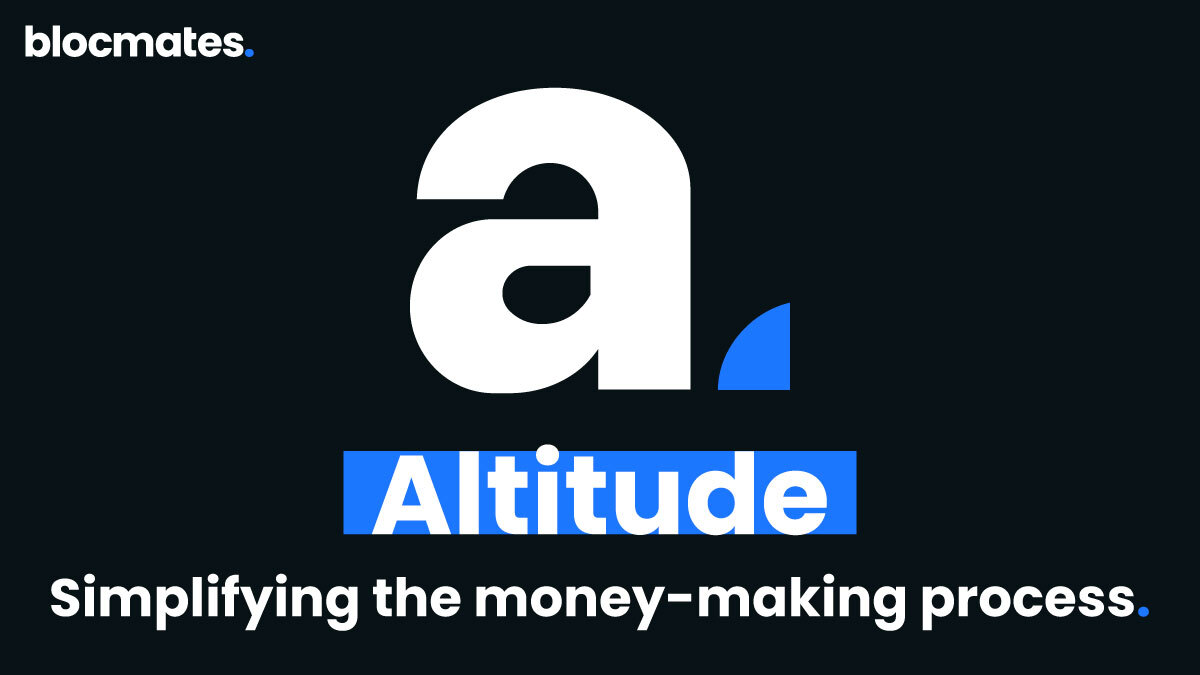


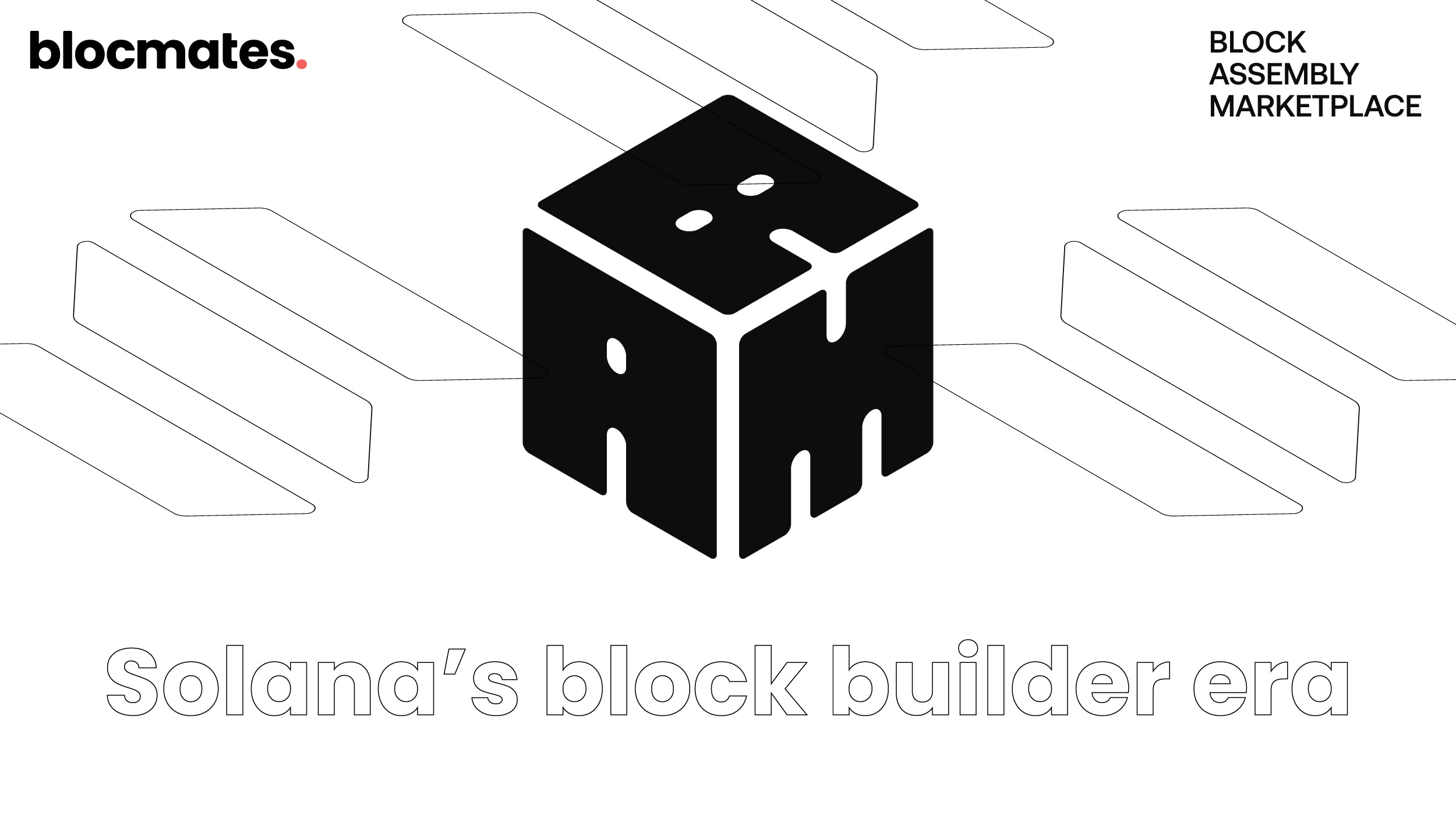






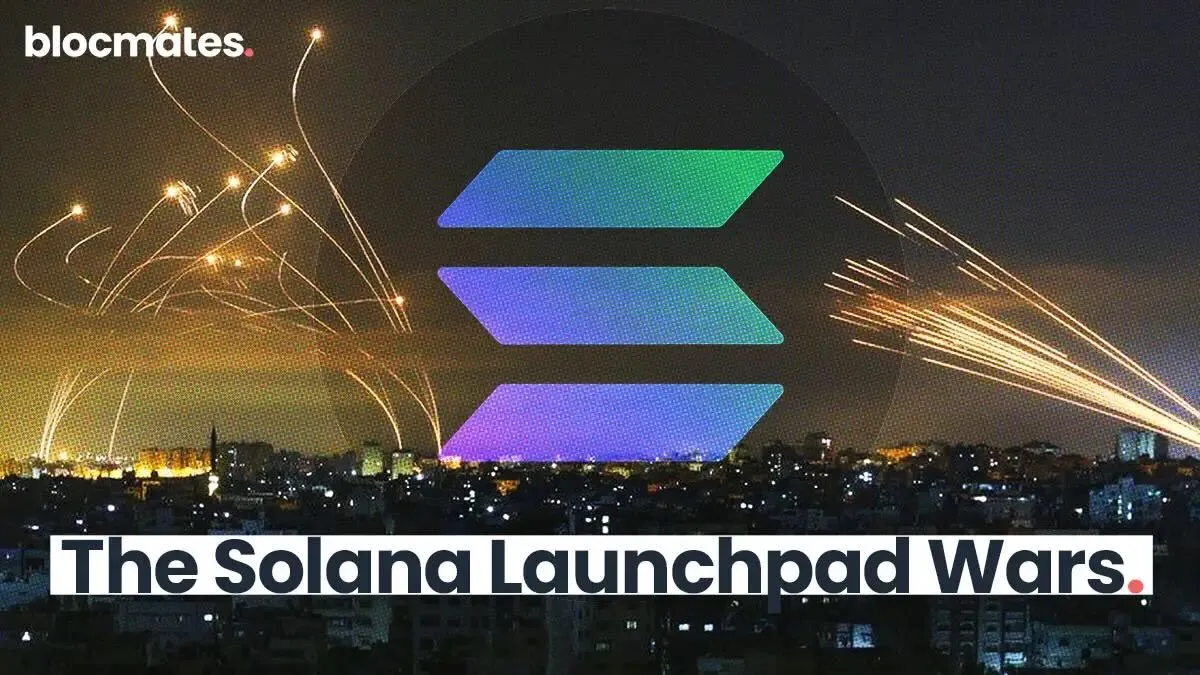



















%202.webp)


.webp)

.webp)
.webp)
.webp)


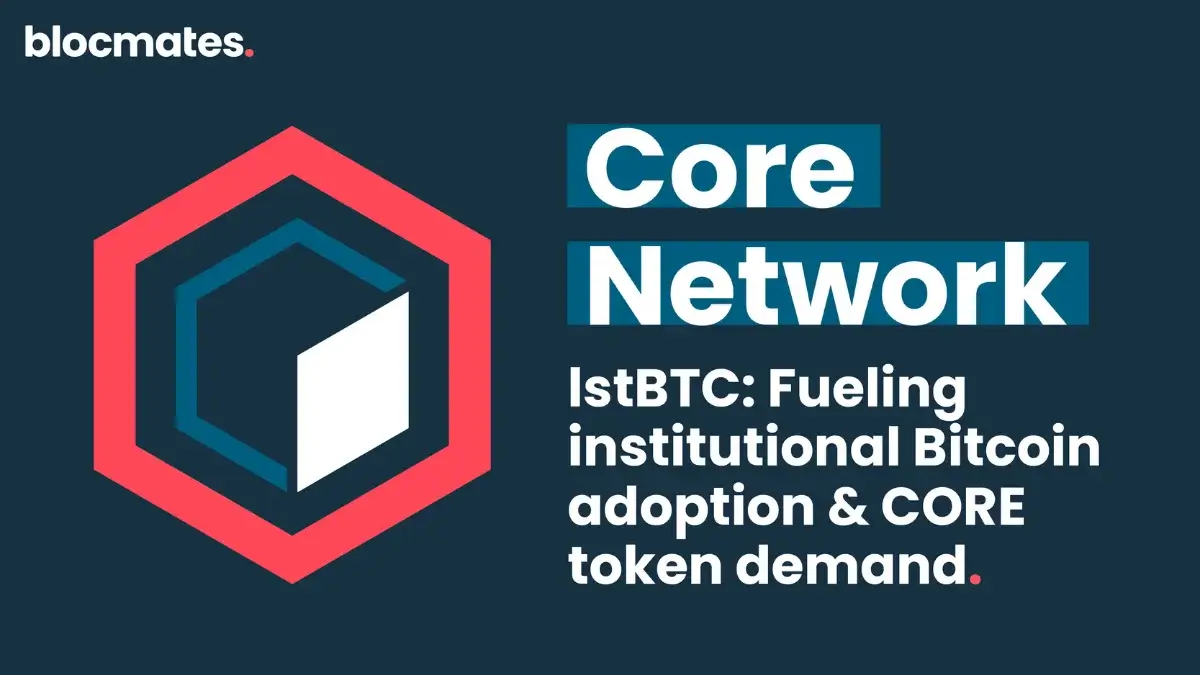
.webp)












%20the%20Next%20Big%20Unlock%20in%20AI.webp)



.webp)
.webp)
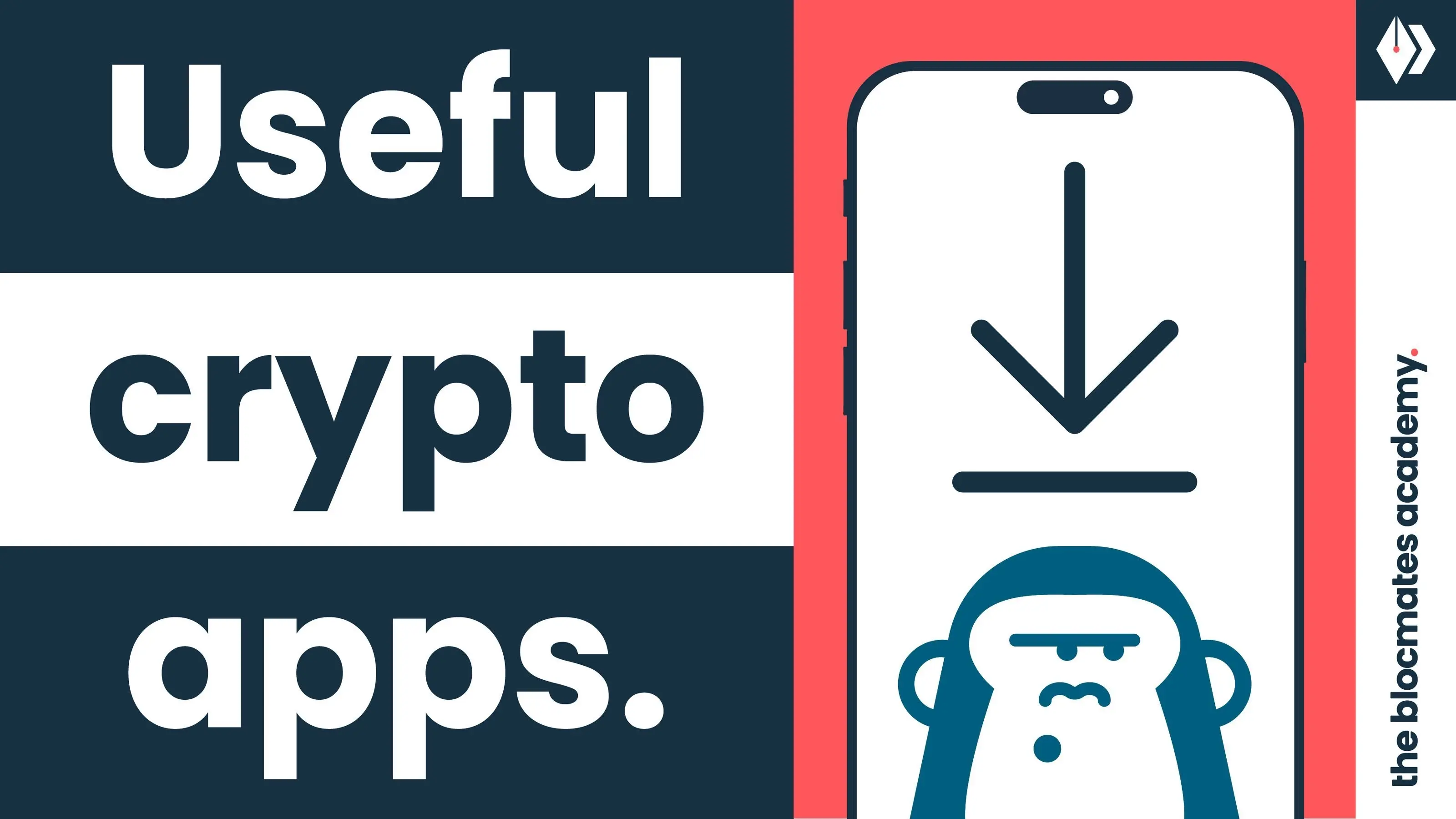
.webp)
.webp)
.webp)


.webp)
.webp)










.webp)


.webp)






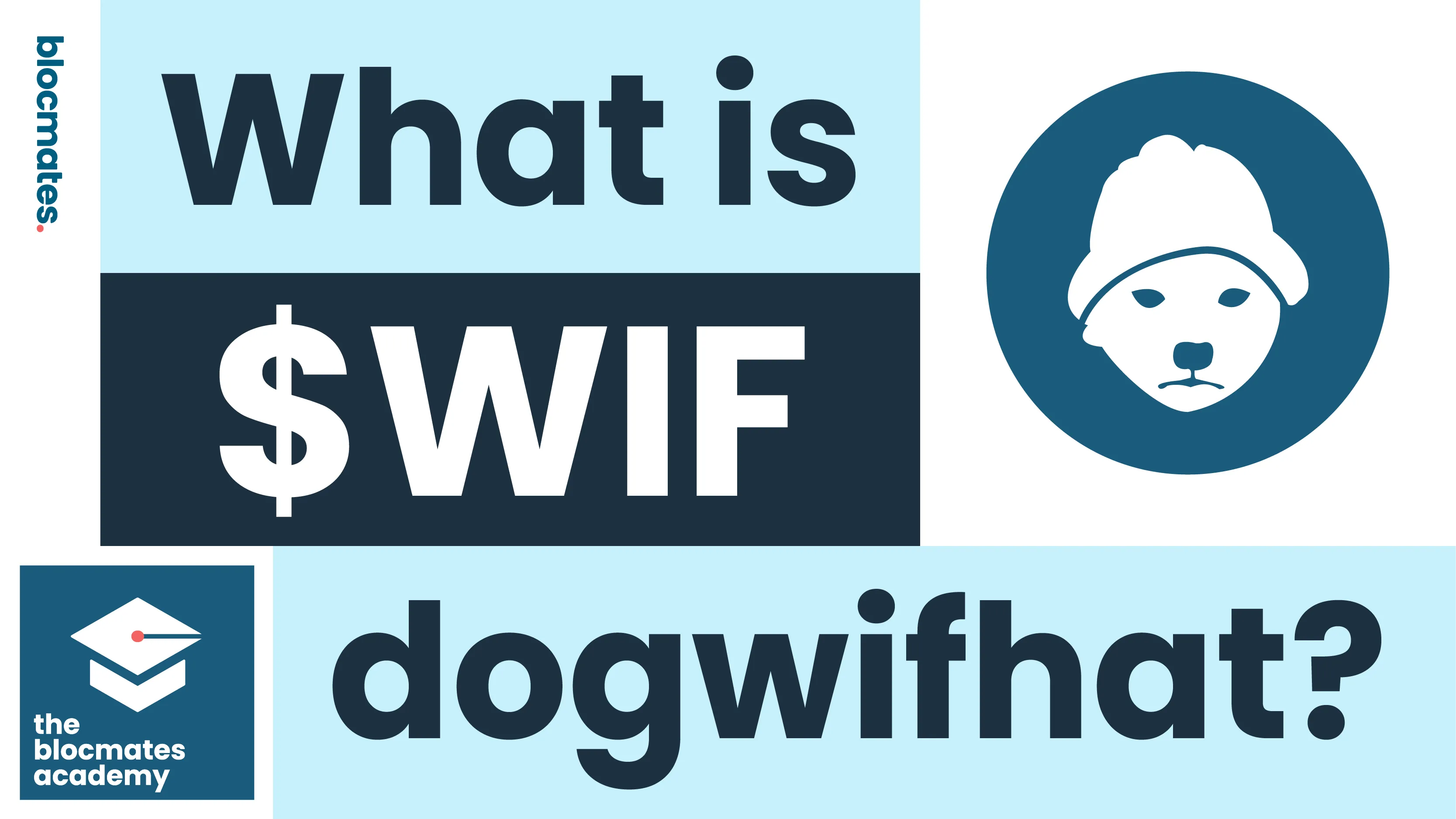


.webp)







.webp)
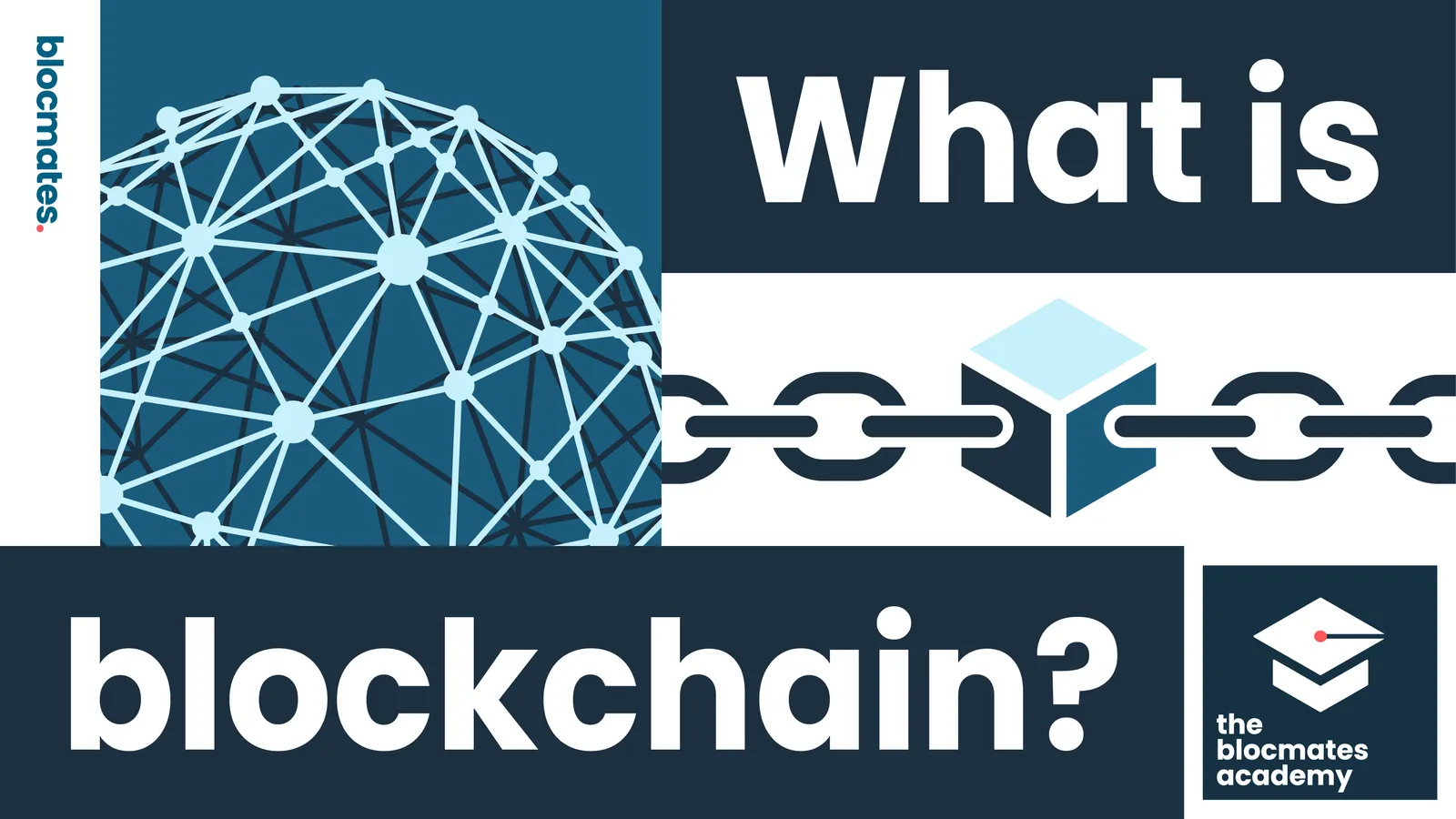



.webp)









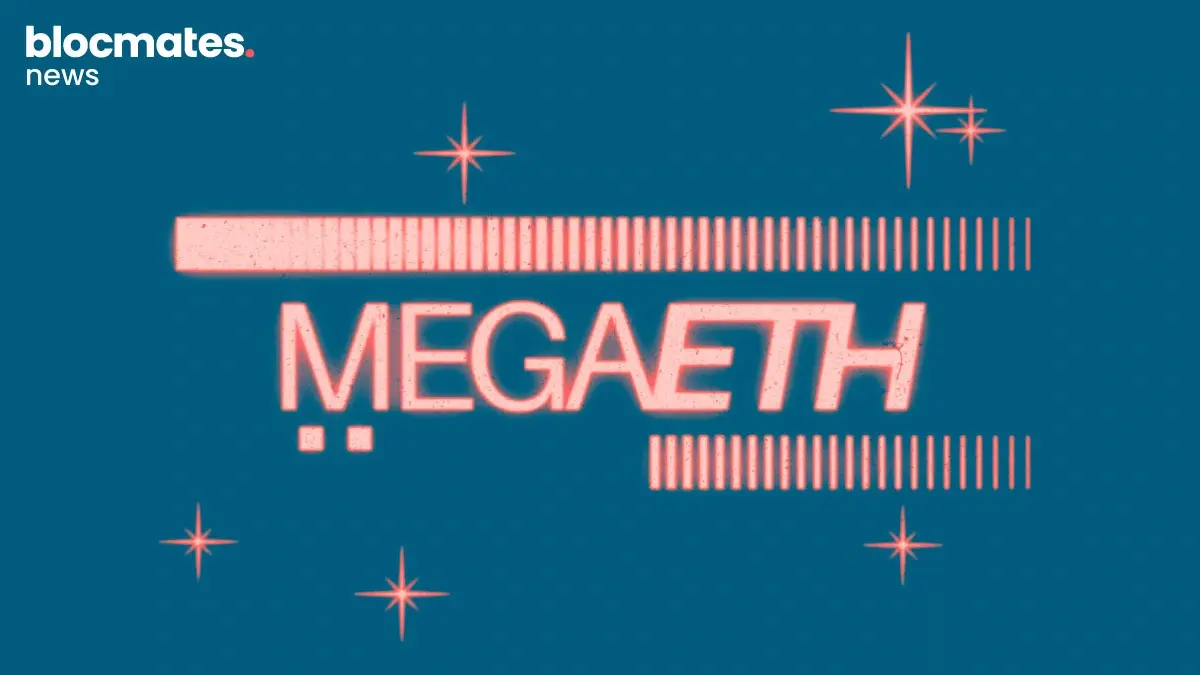
















.webp)





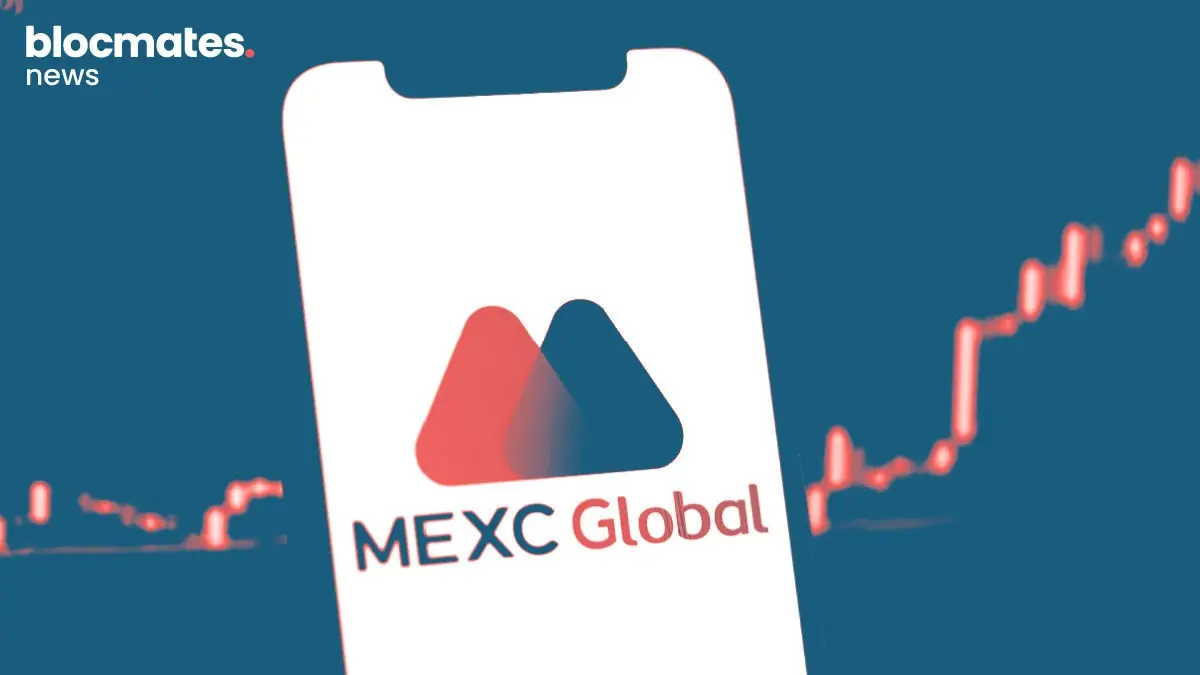

.webp)




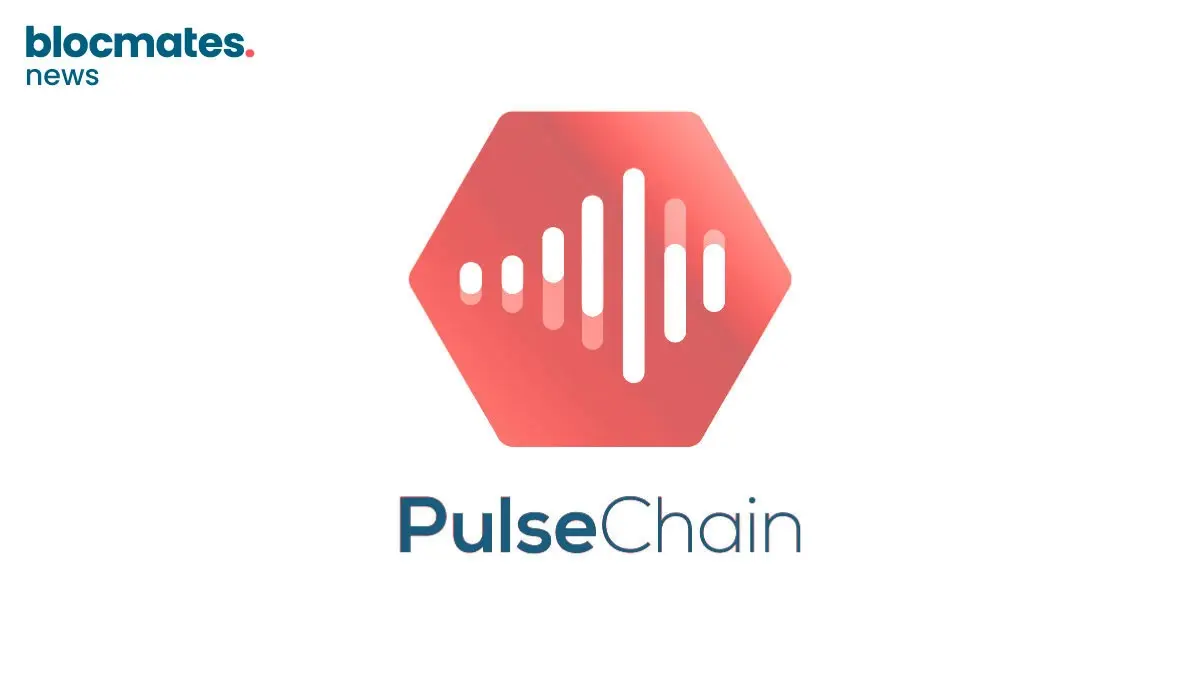
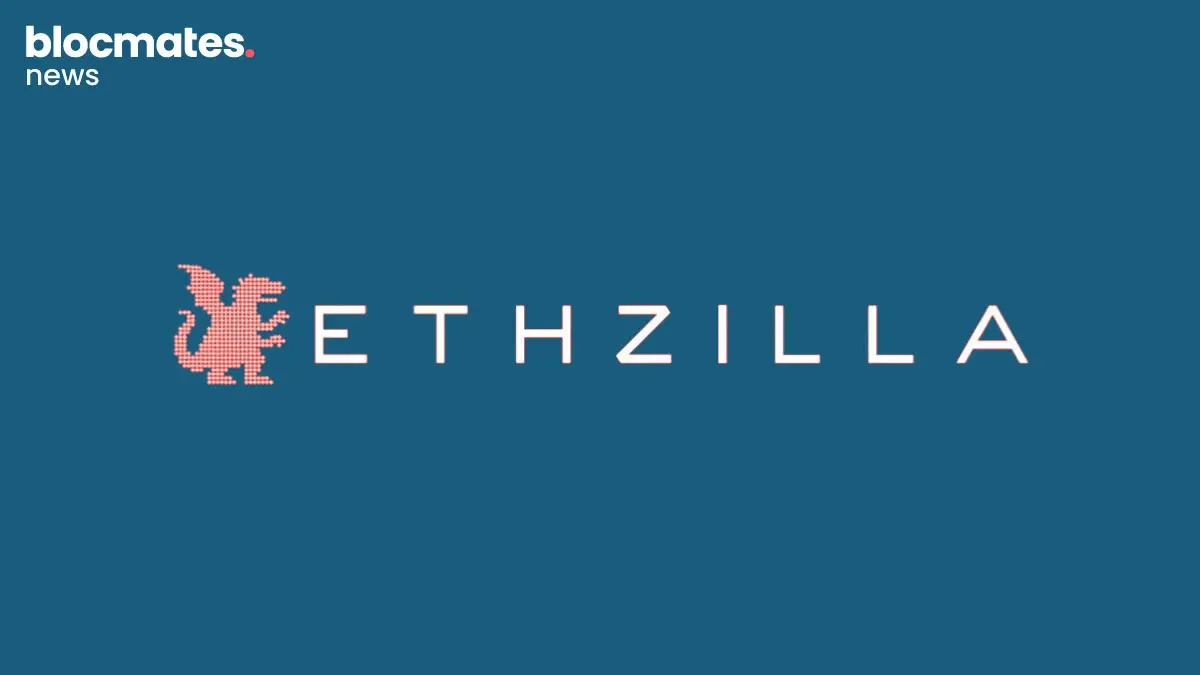
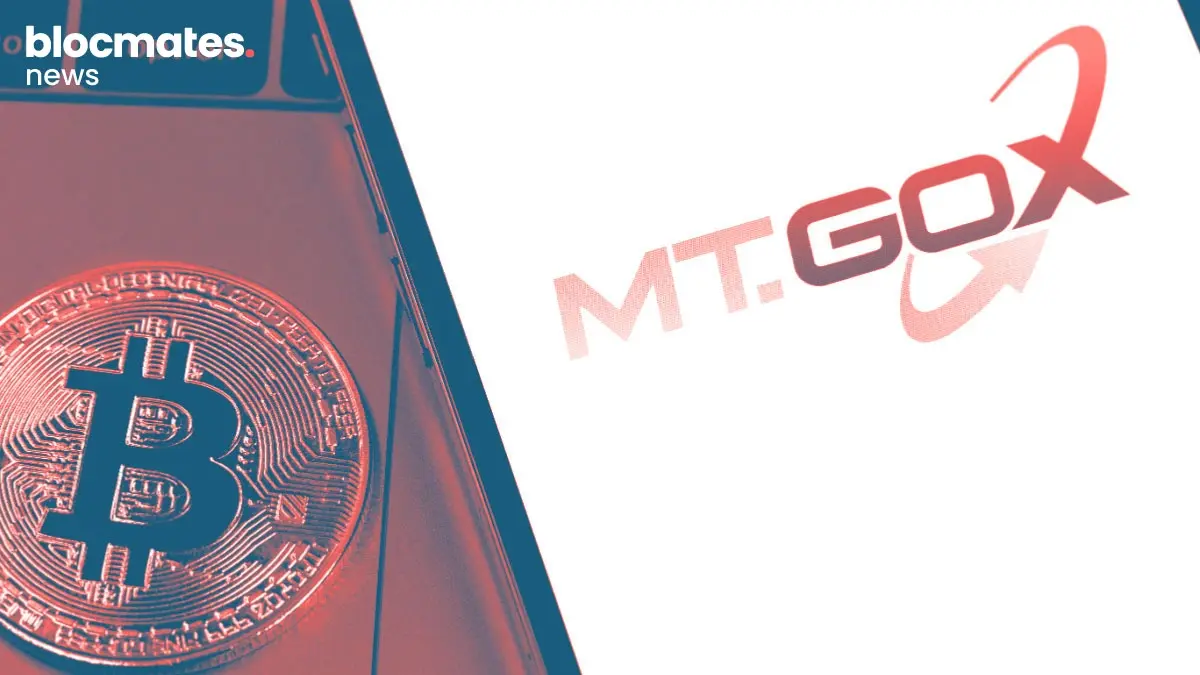




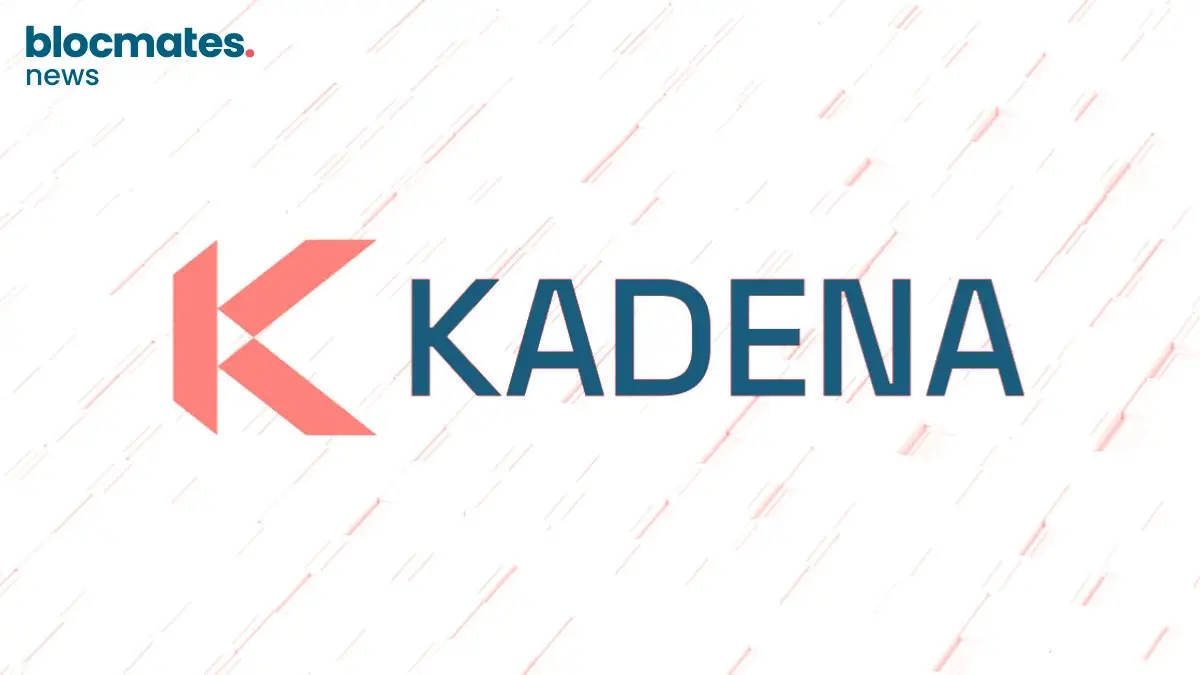


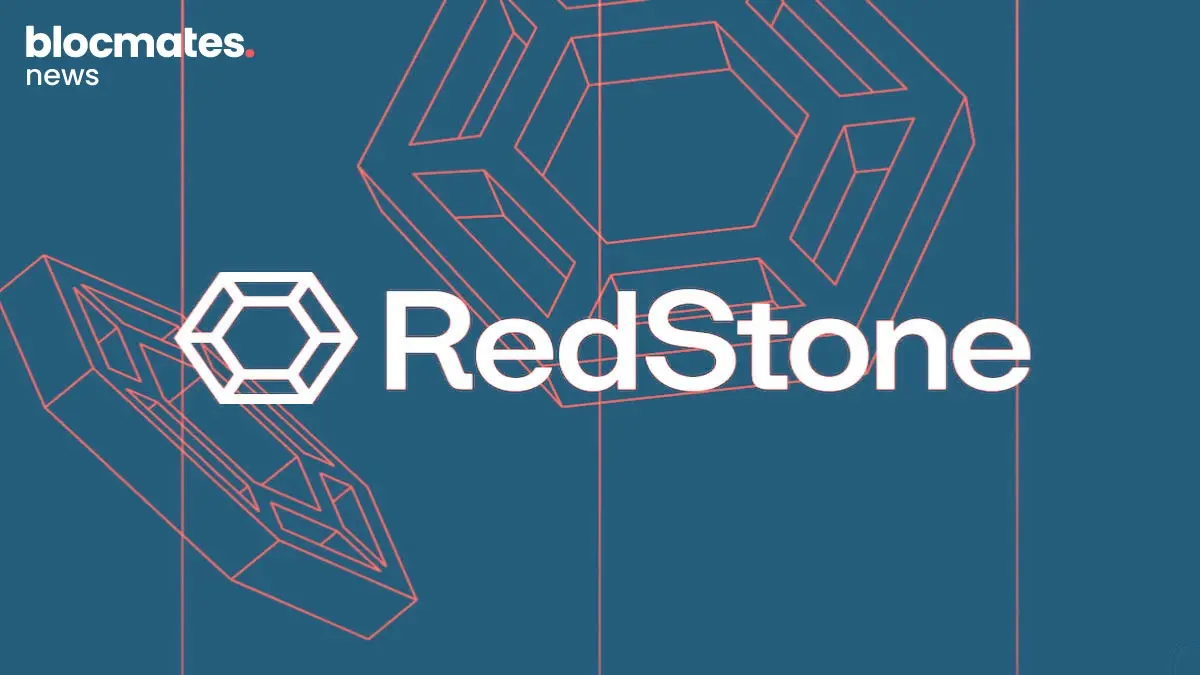
.webp)

.webp)
.webp)

.webp)


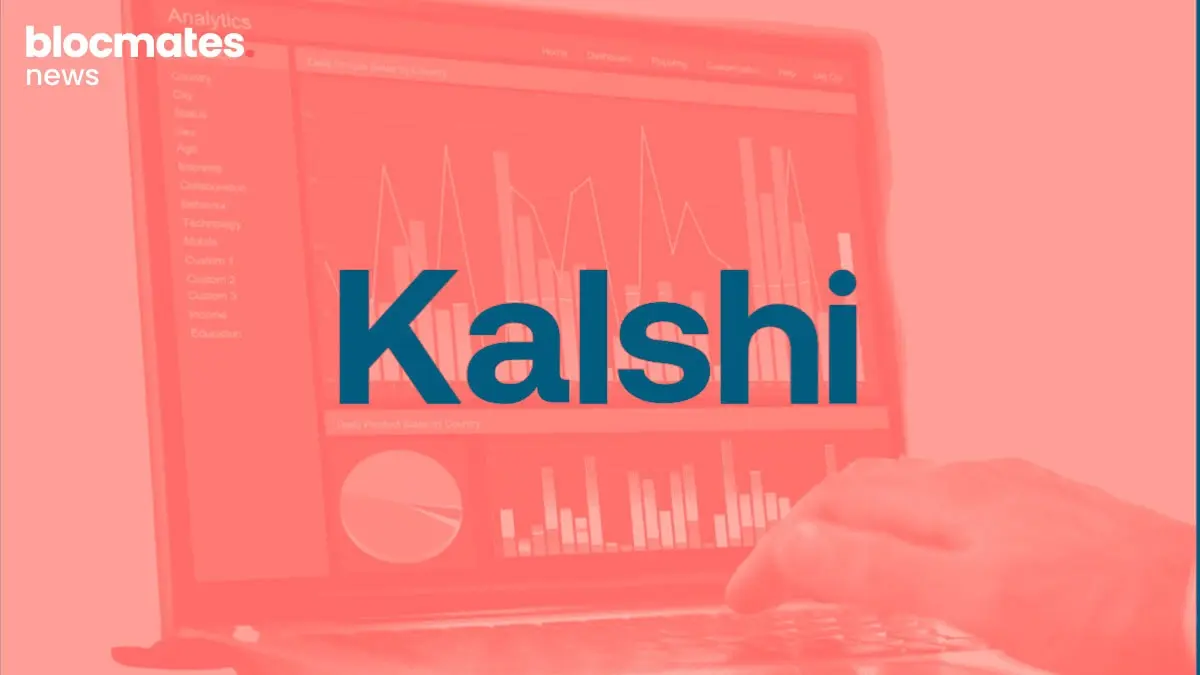
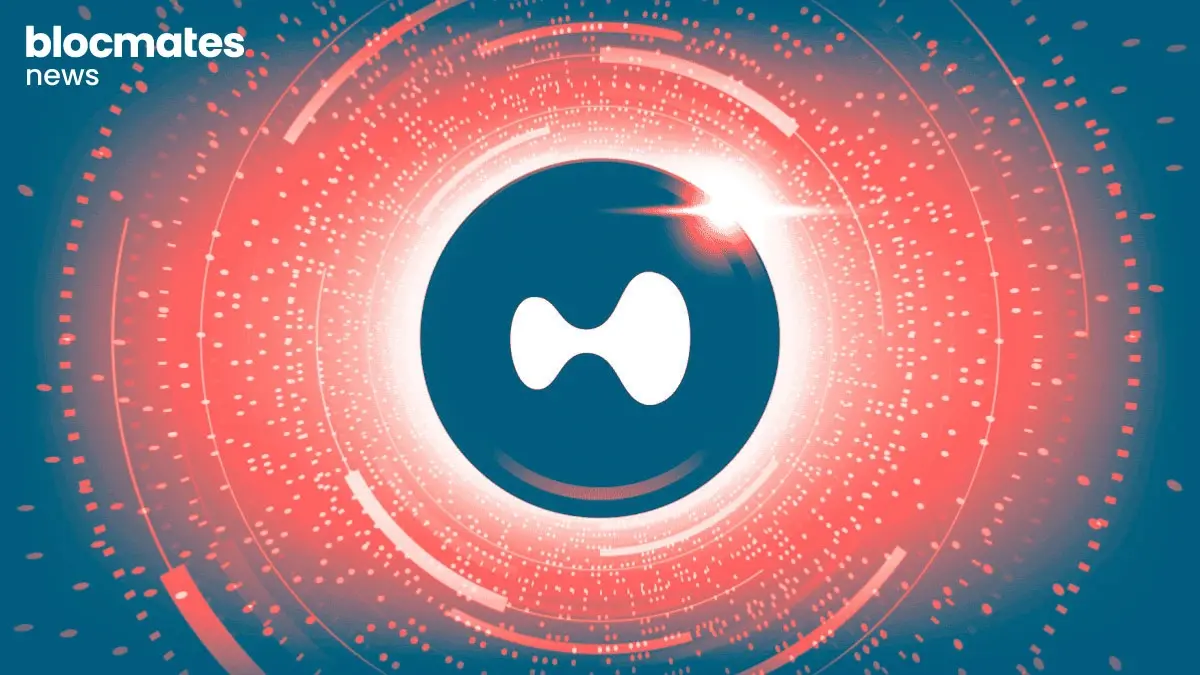


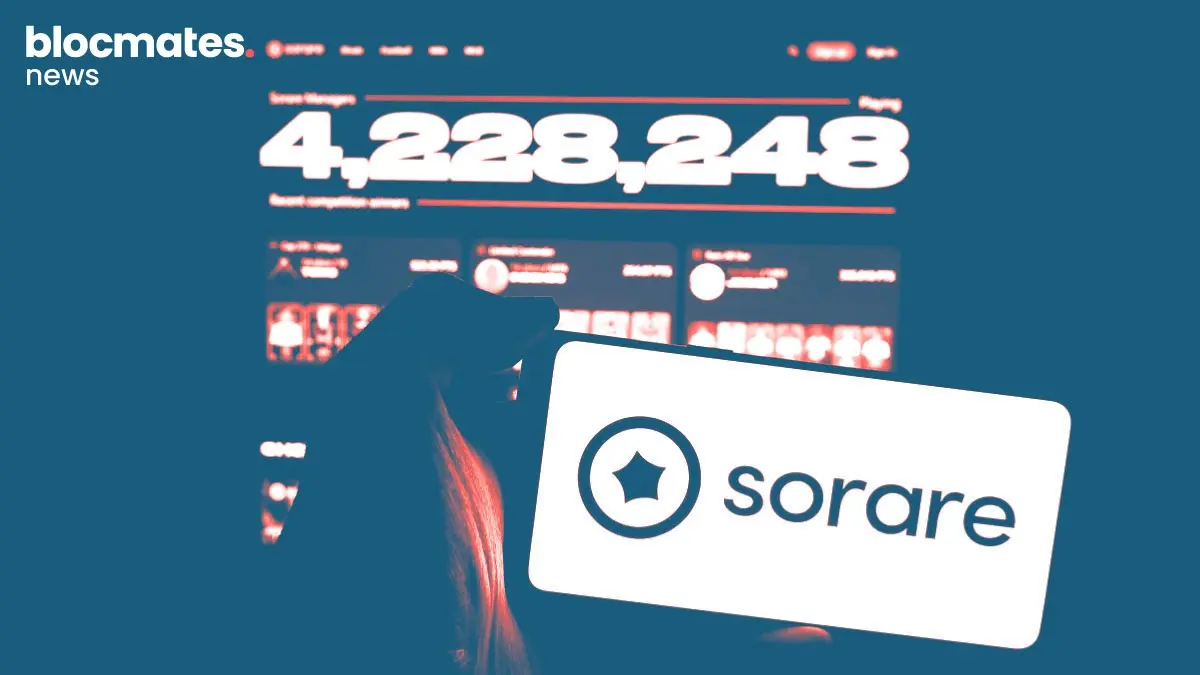




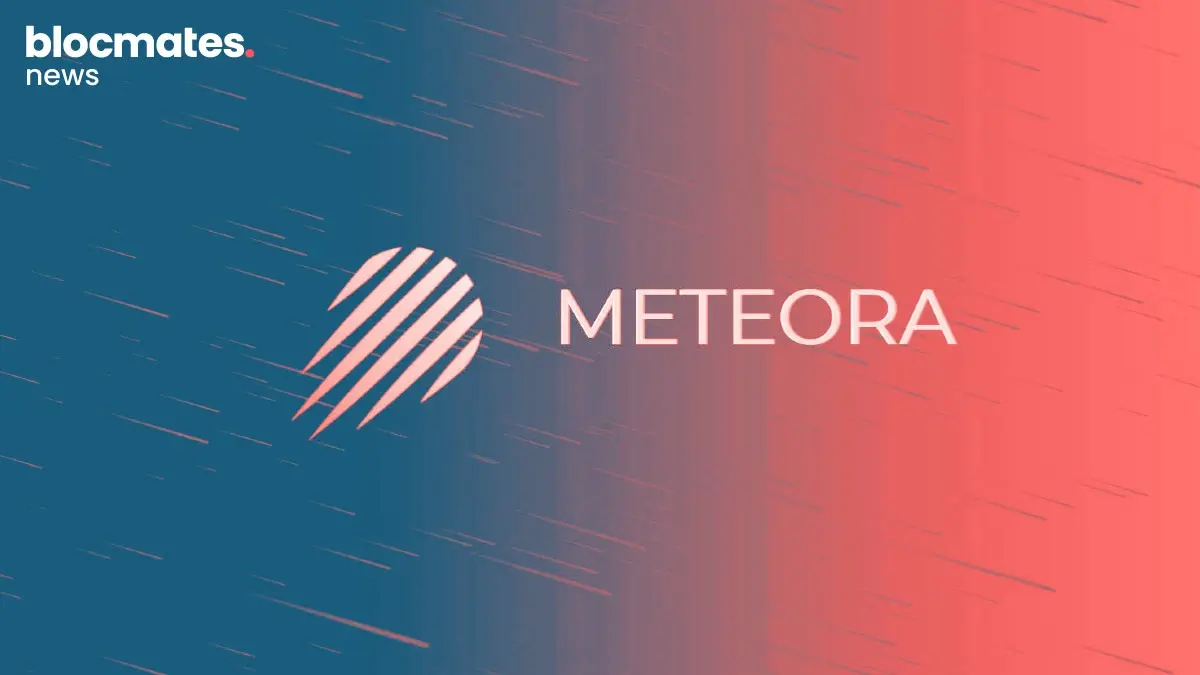


.webp)

.webp)


.webp)



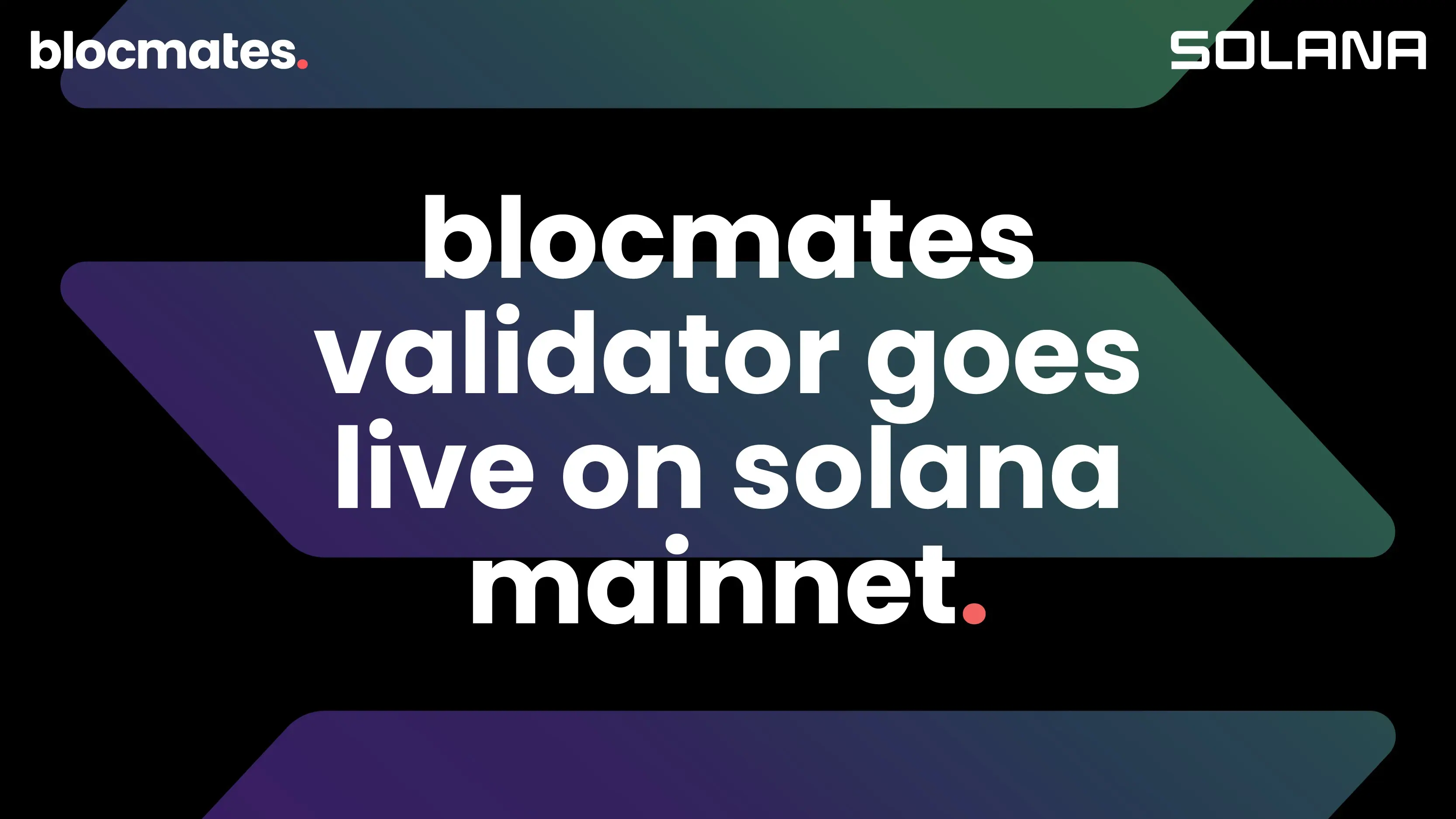

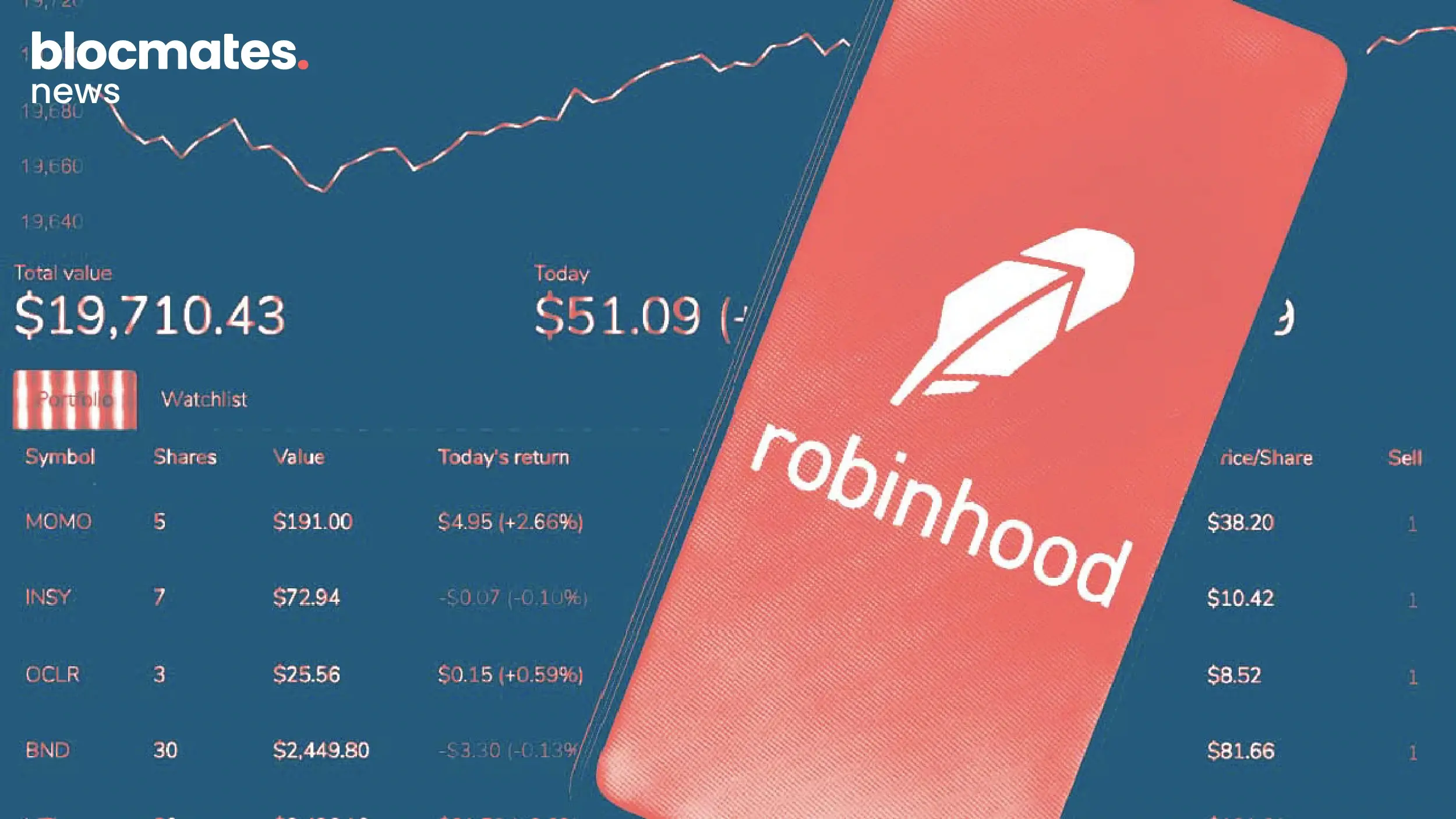


.webp)
